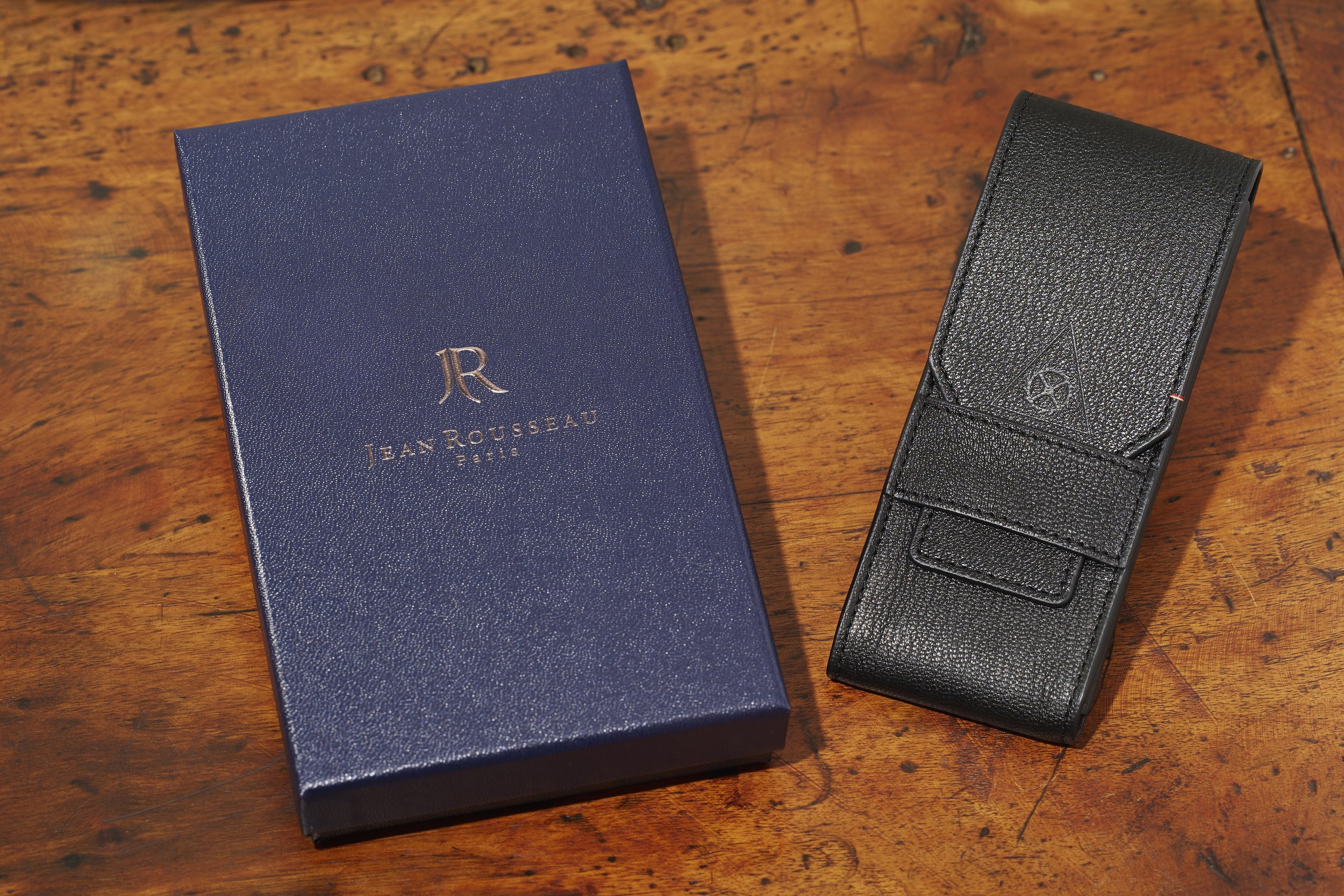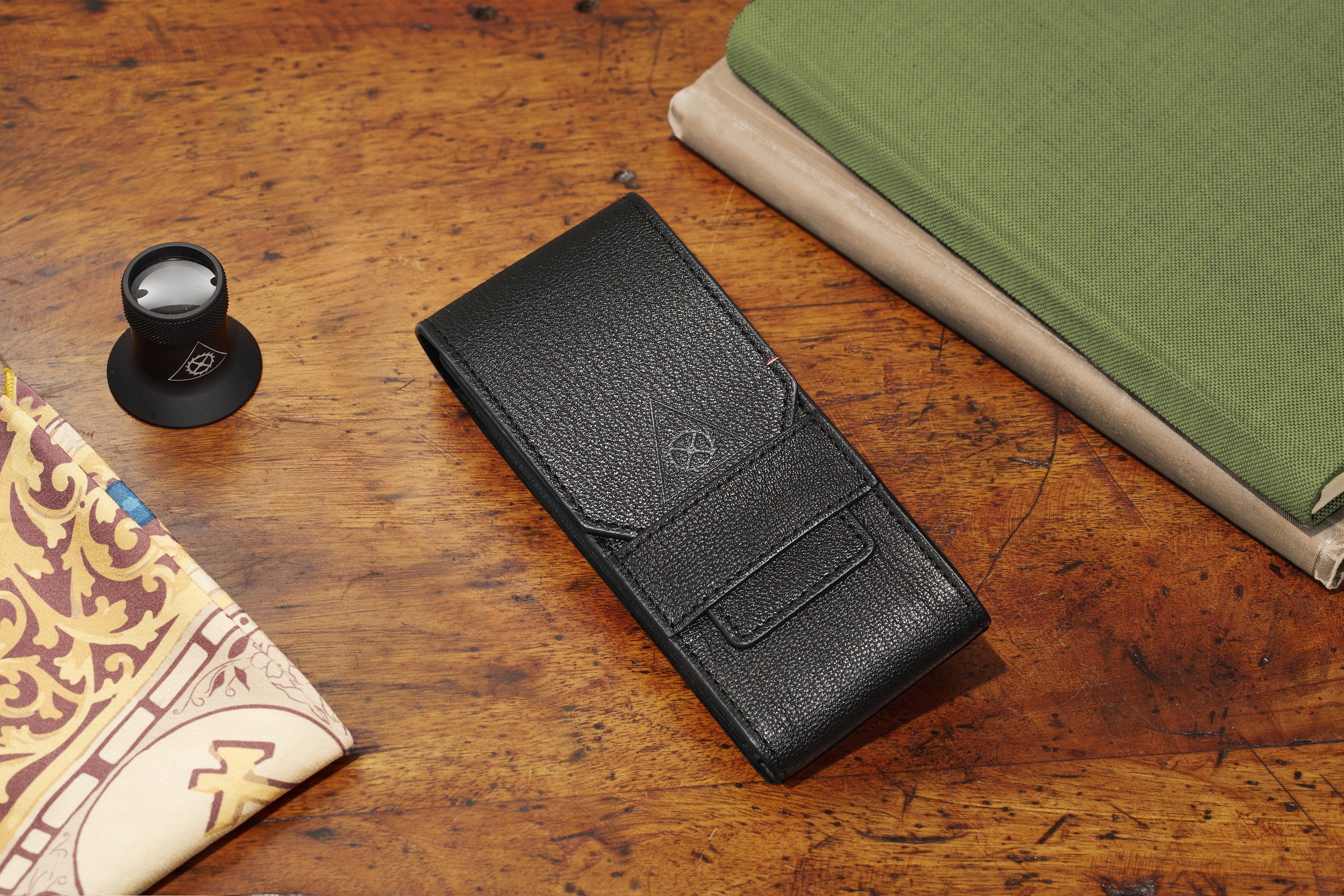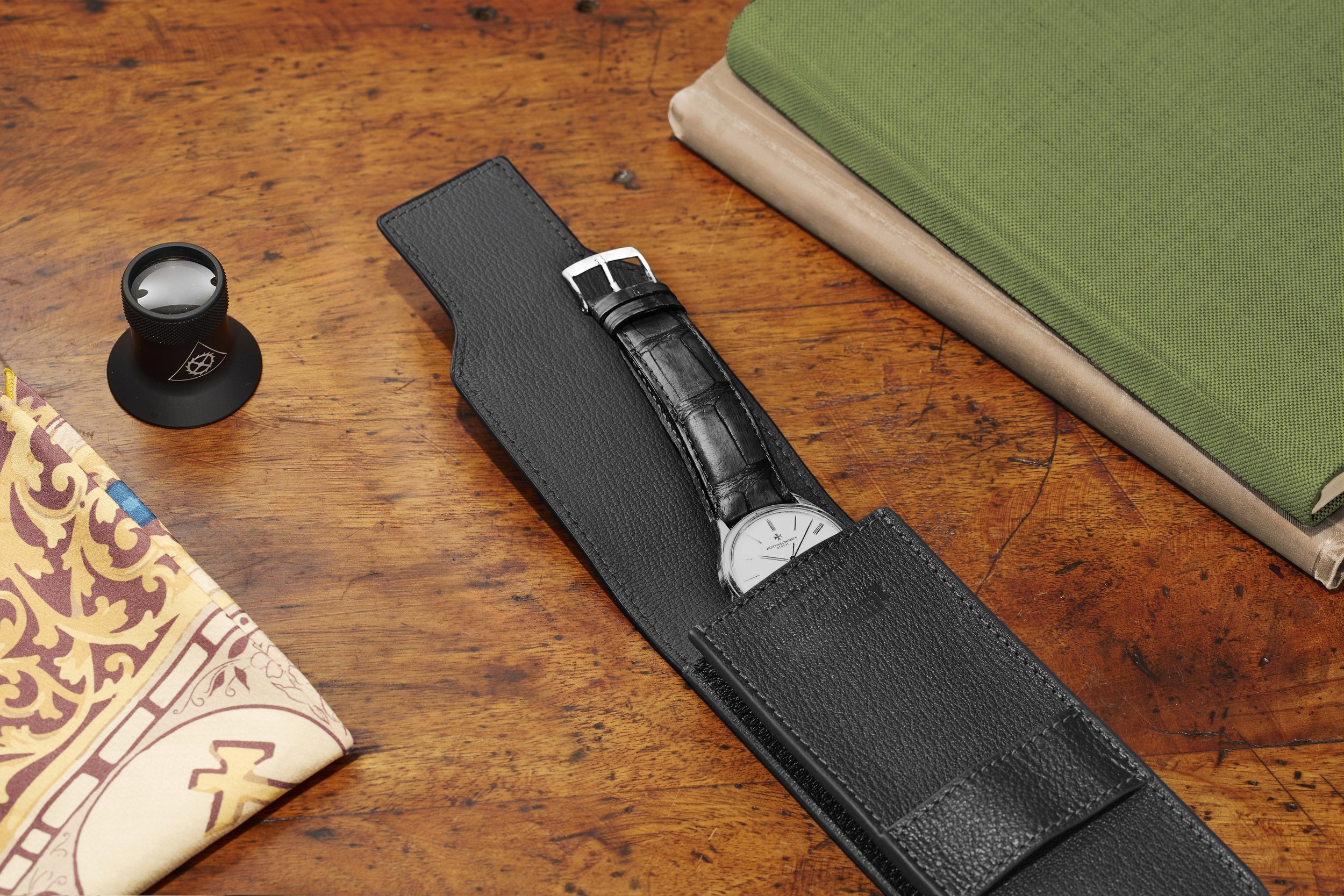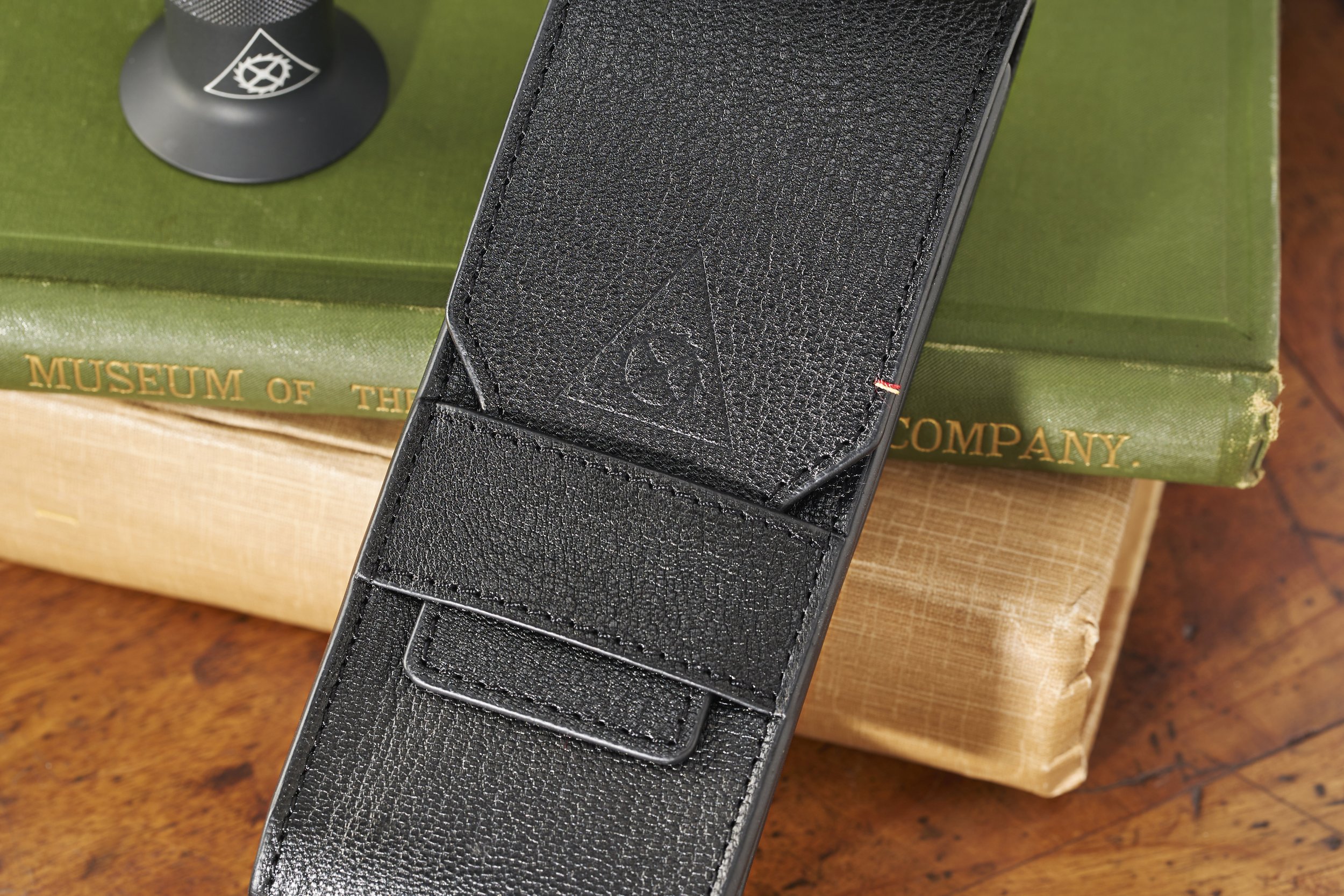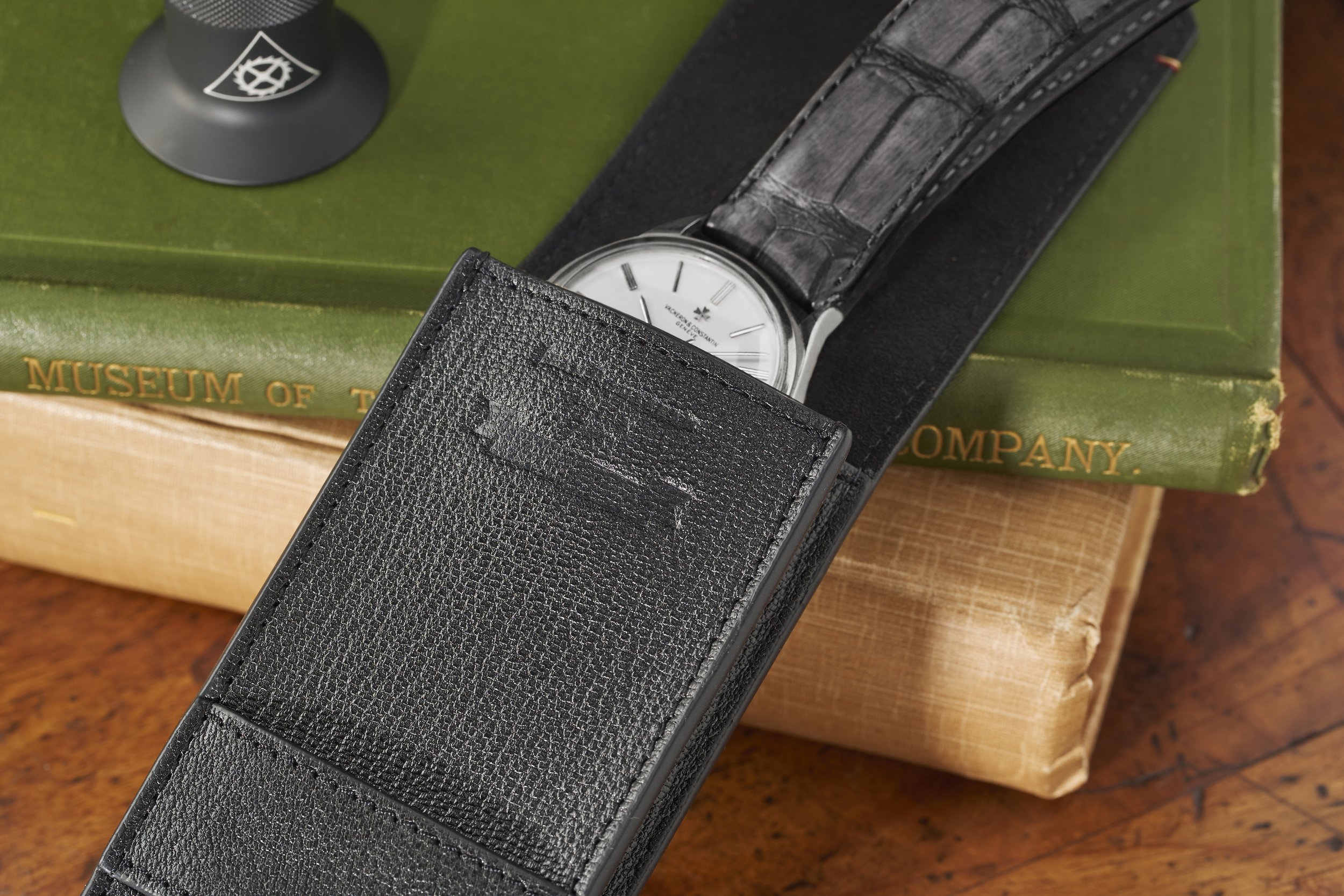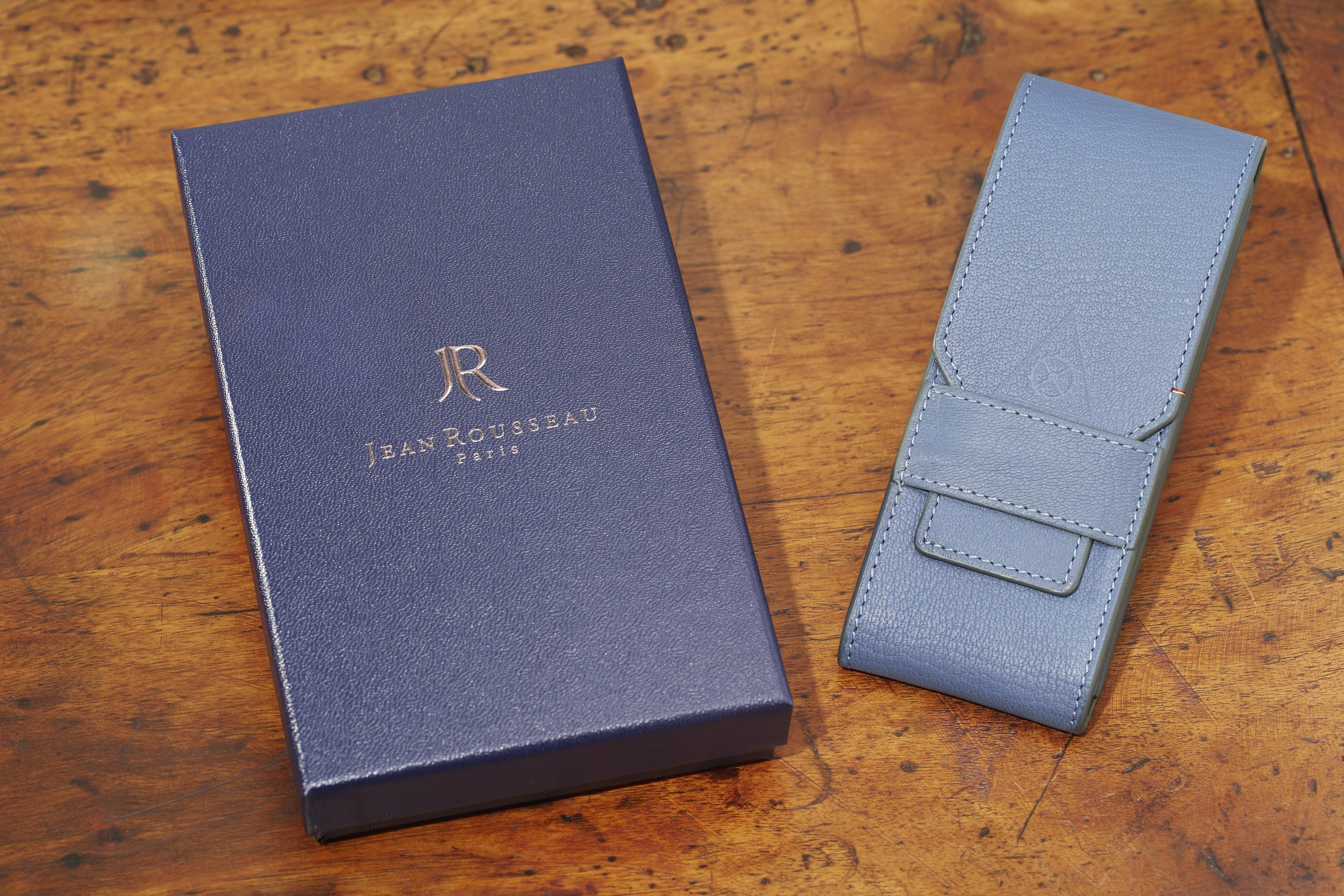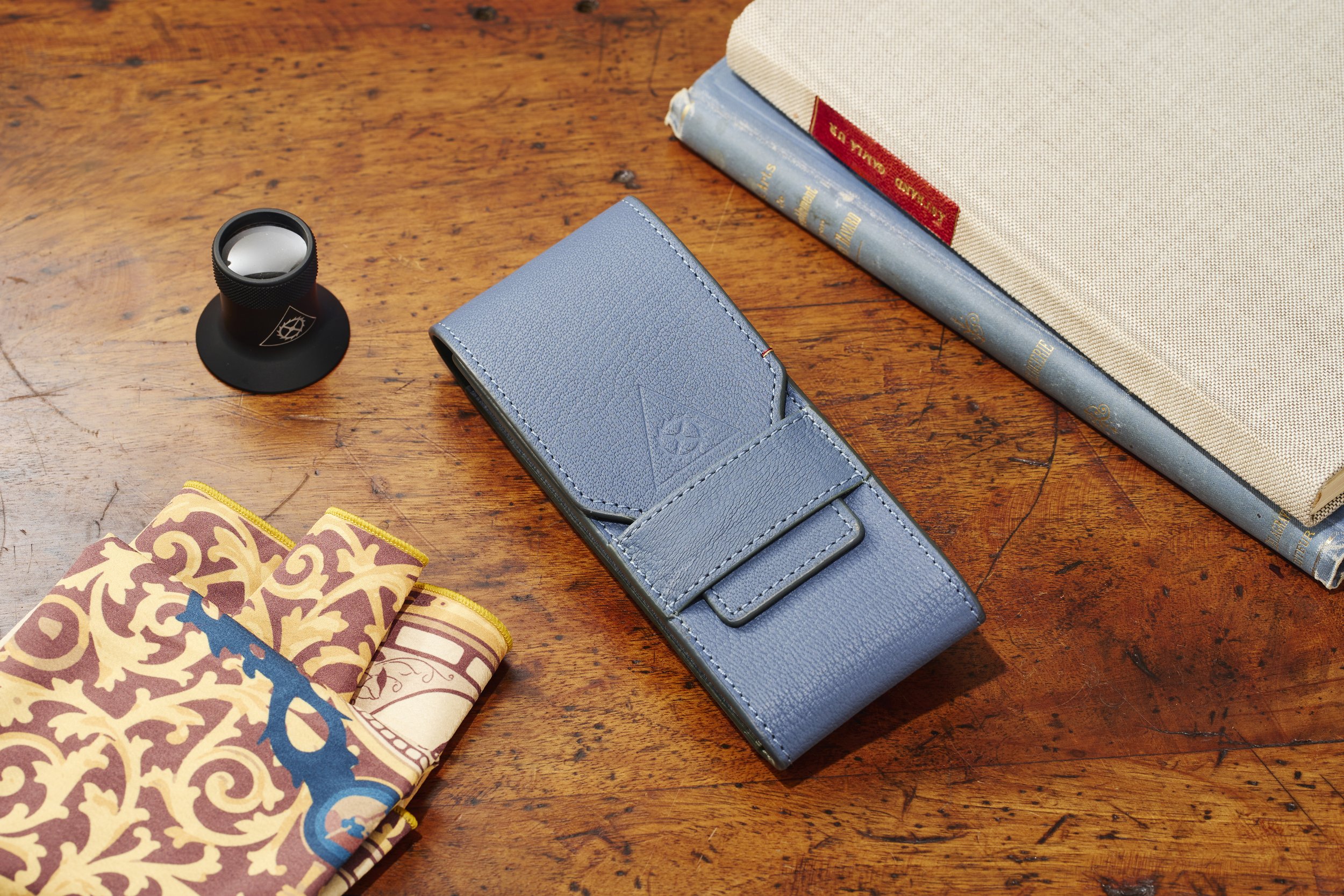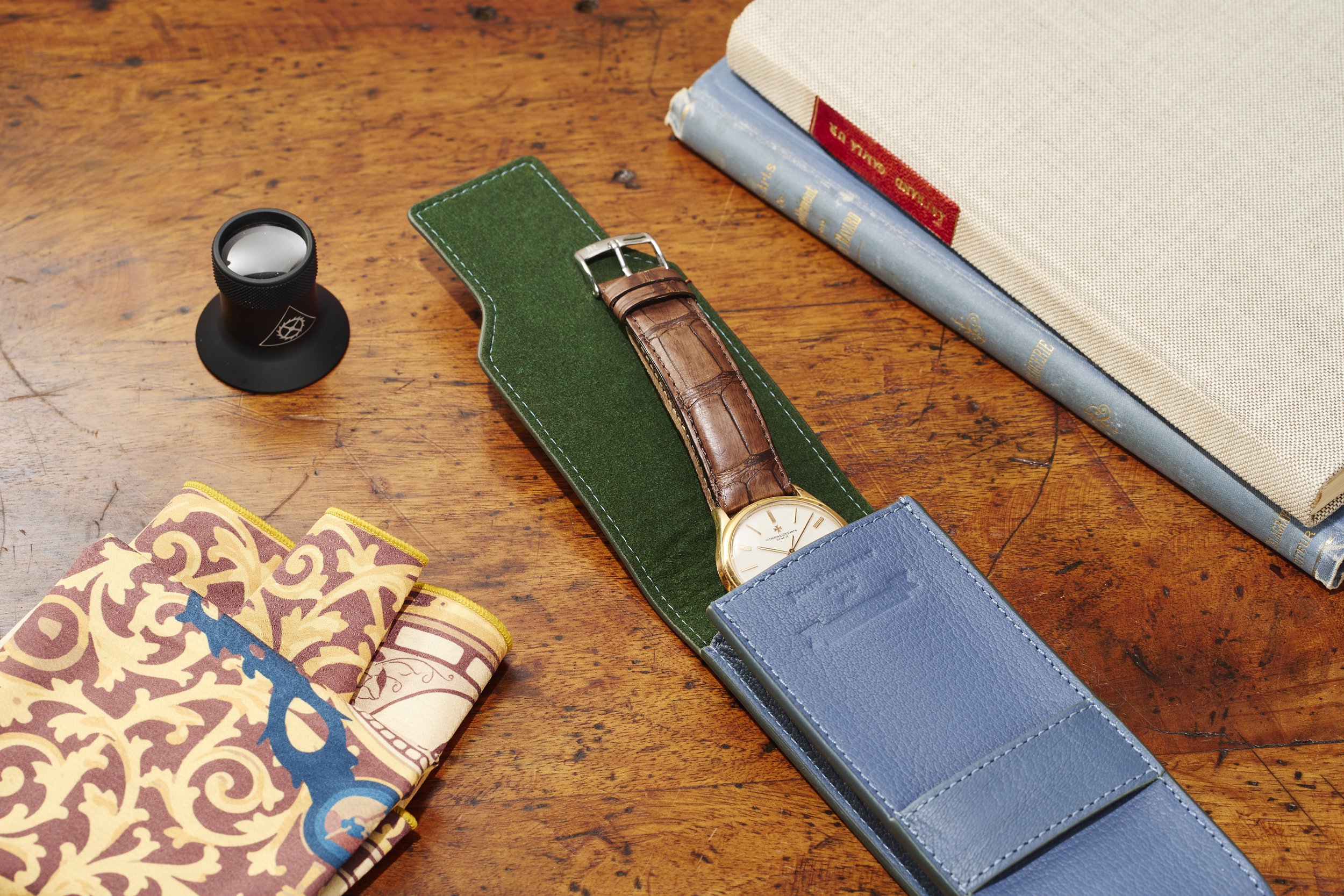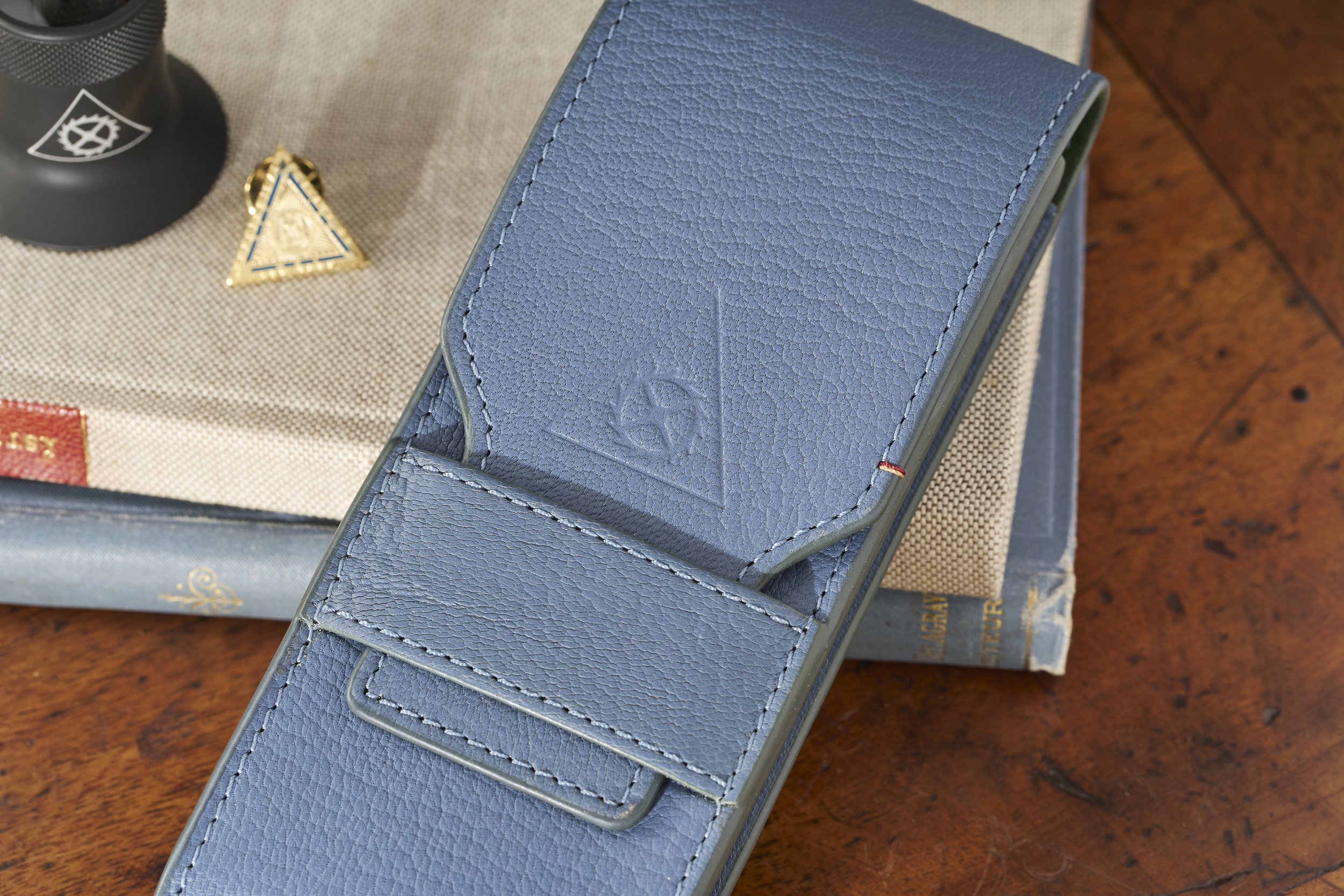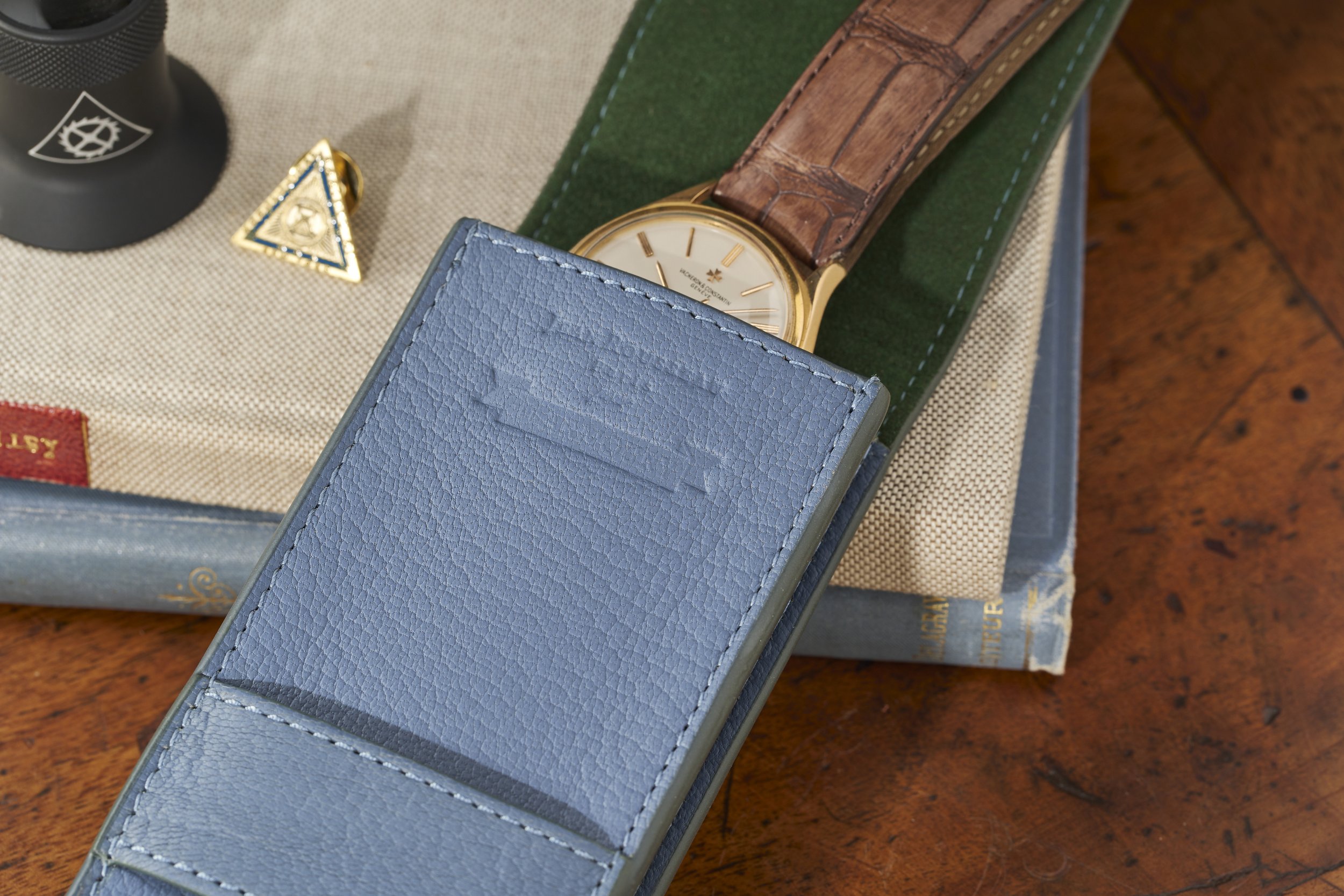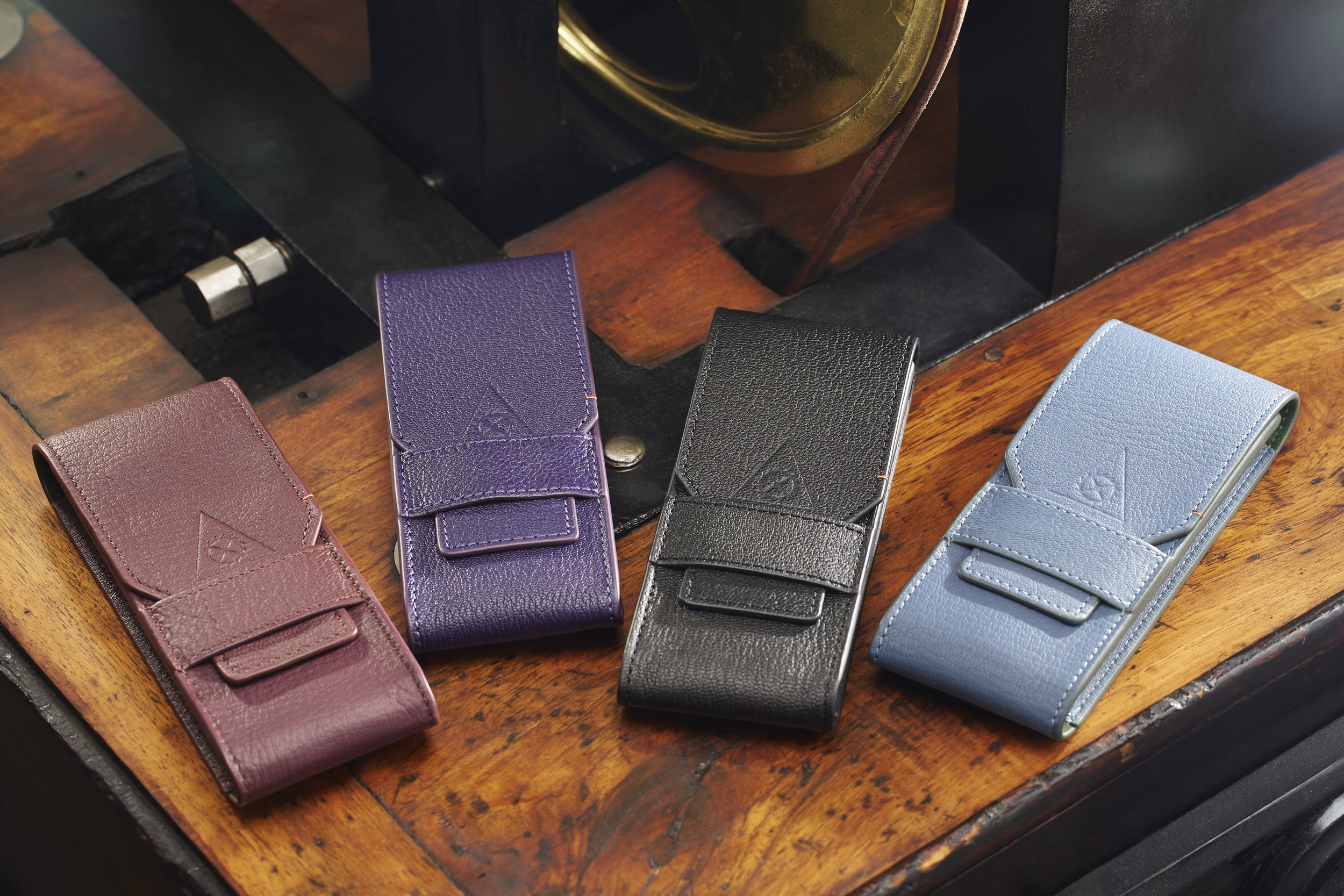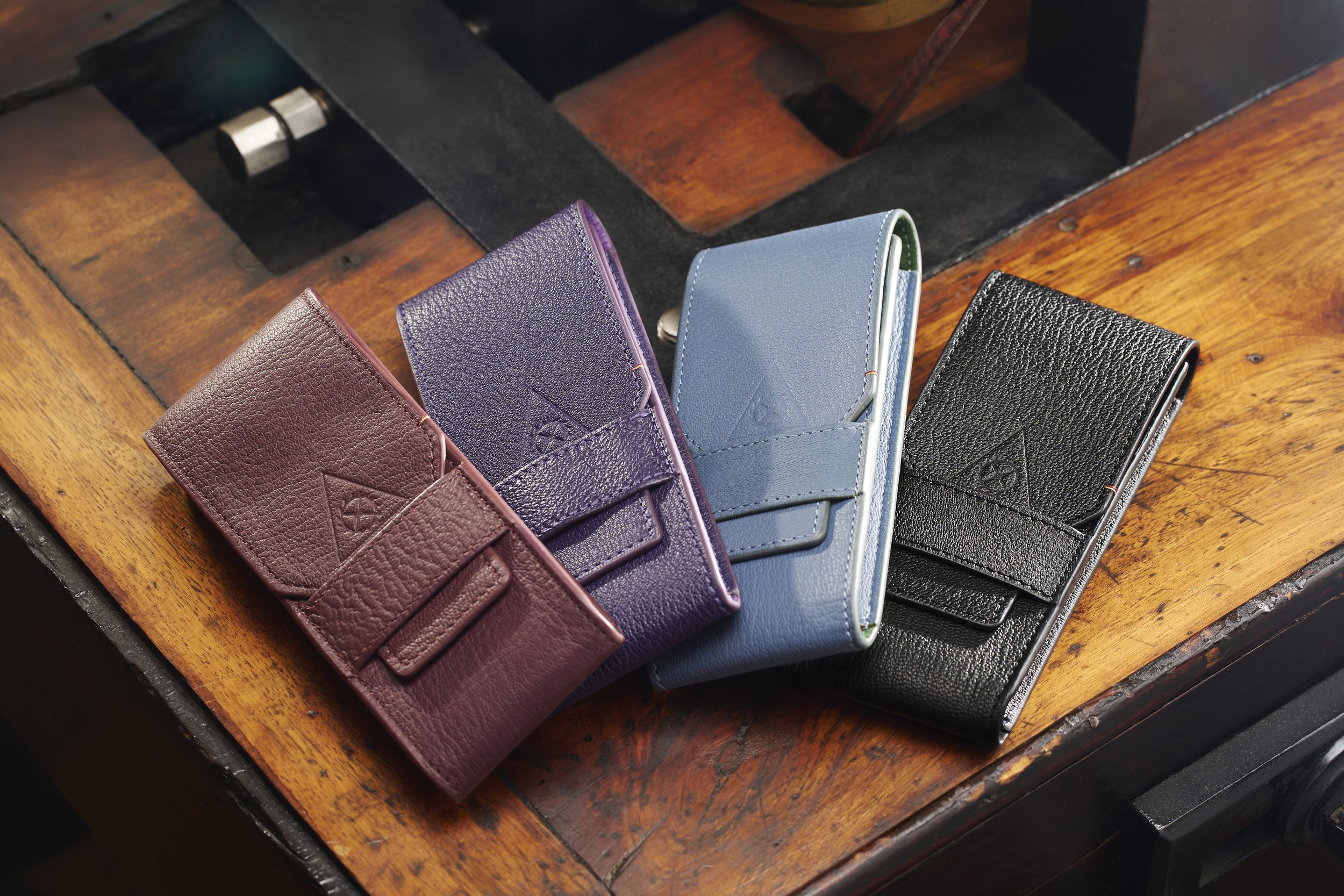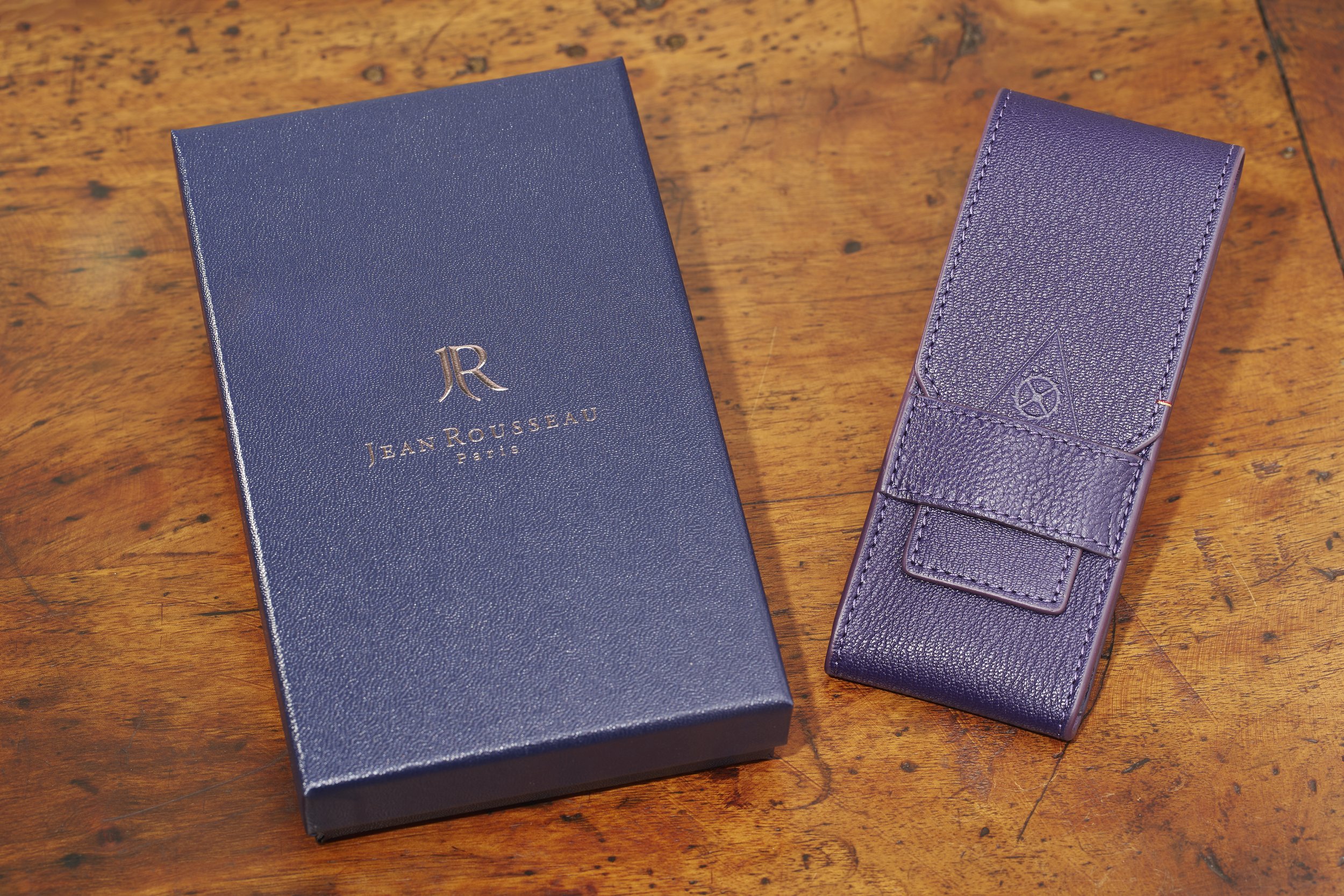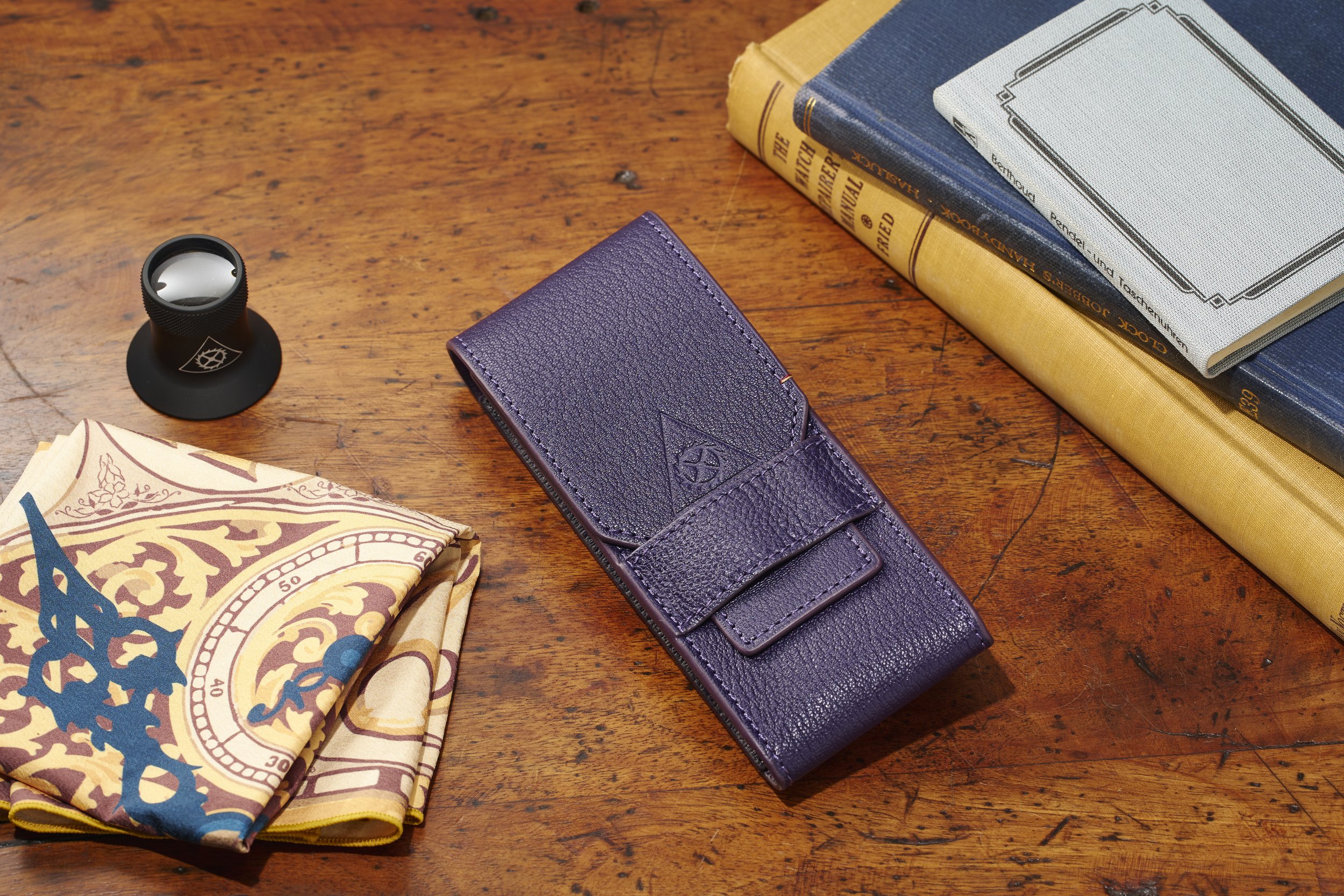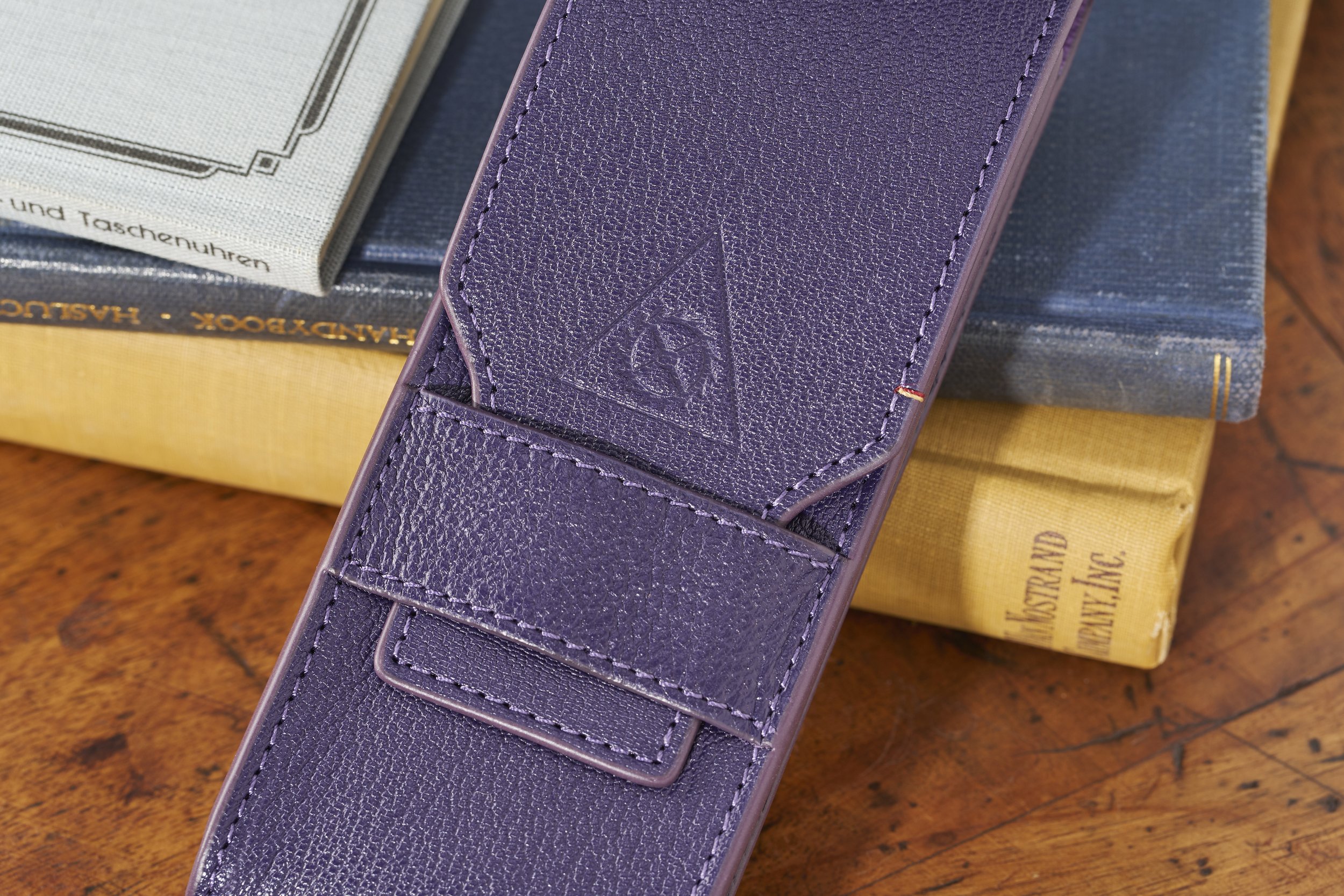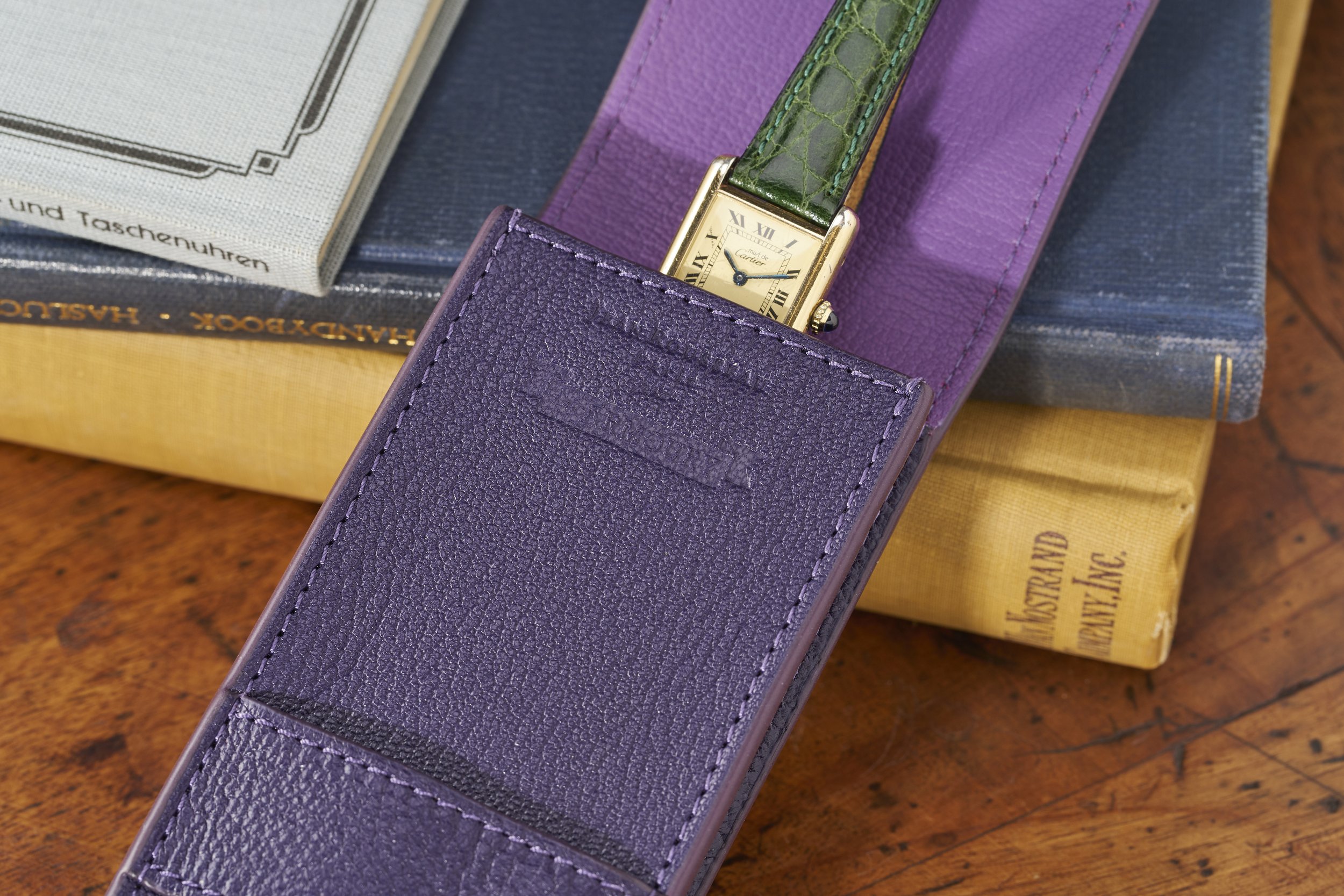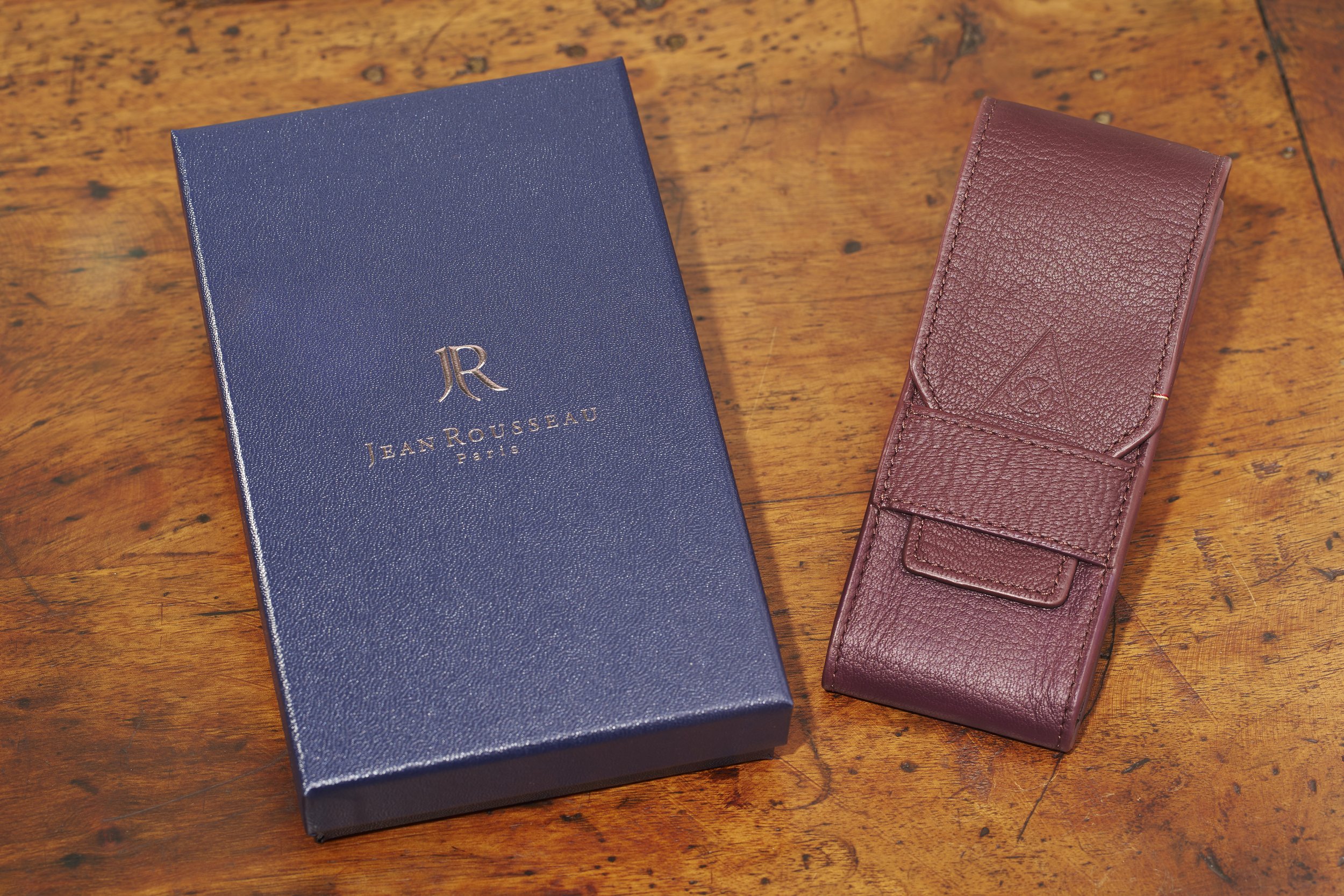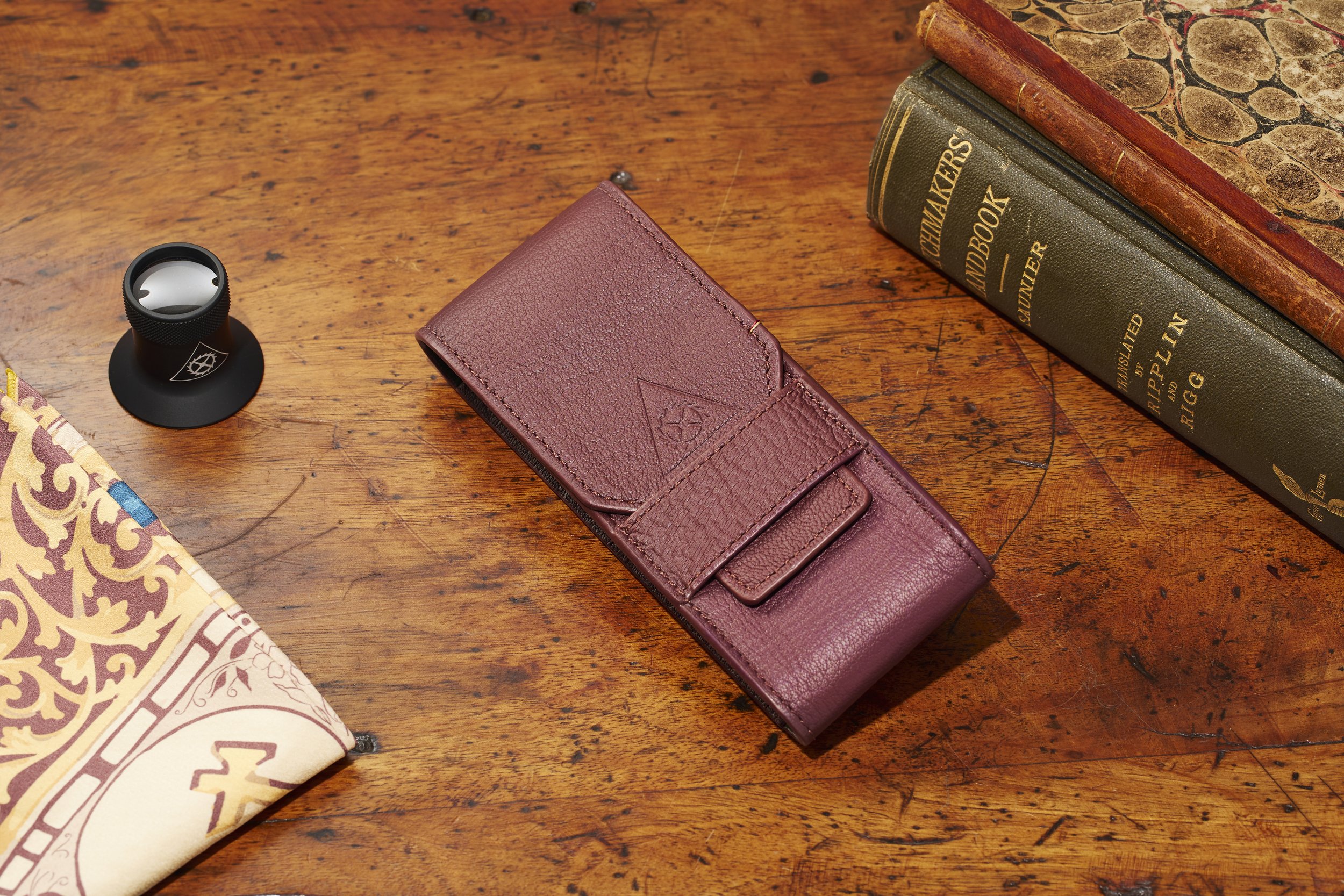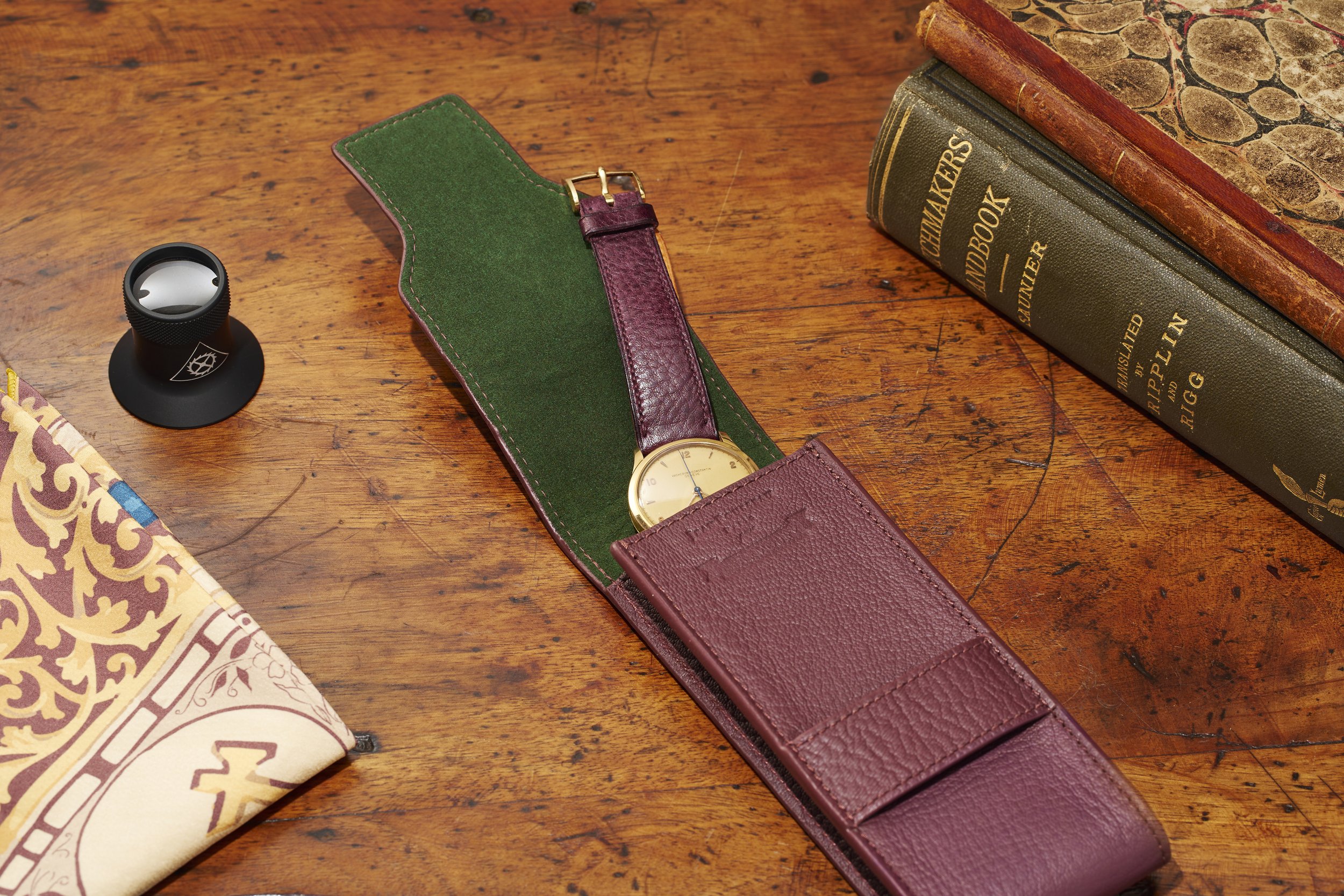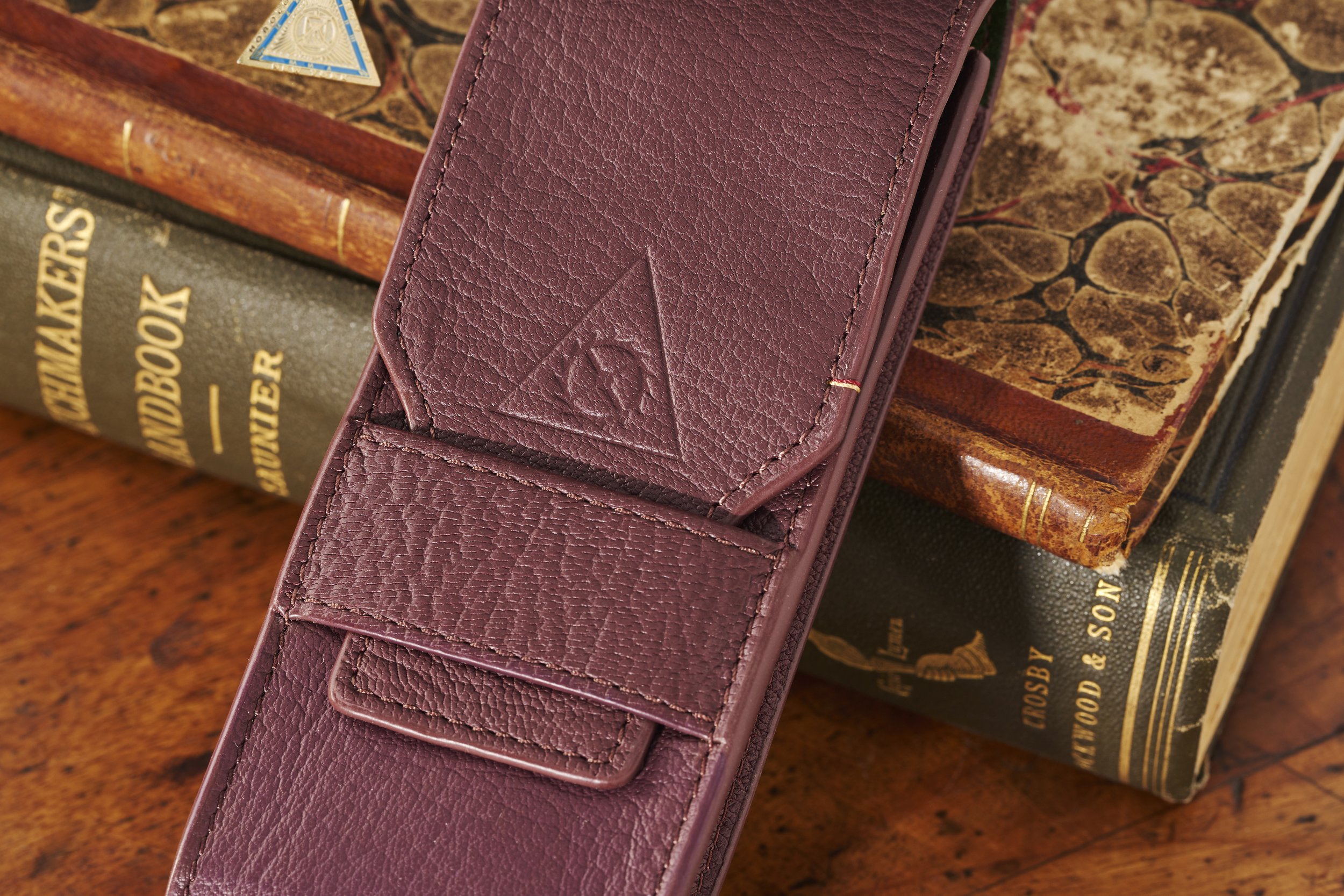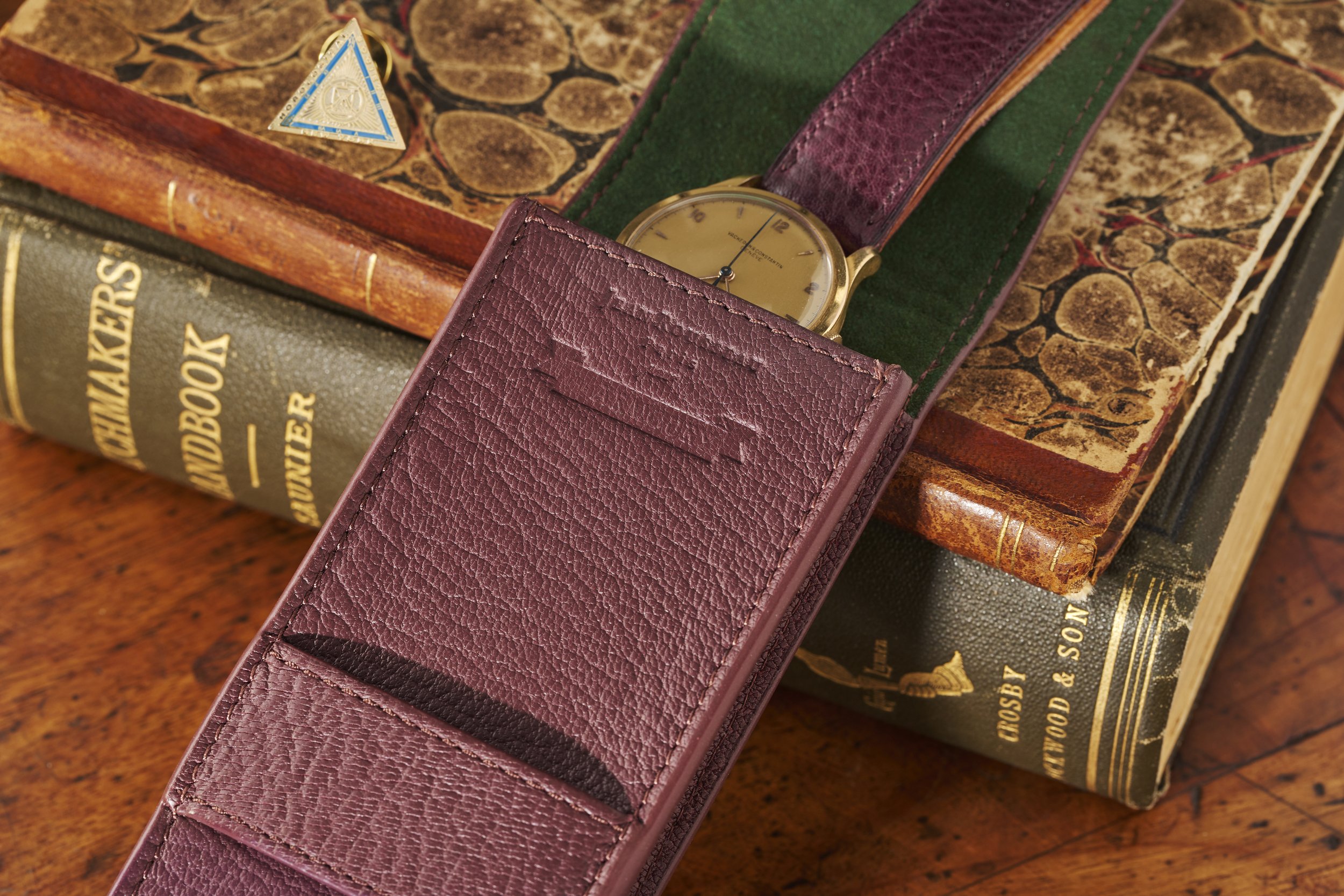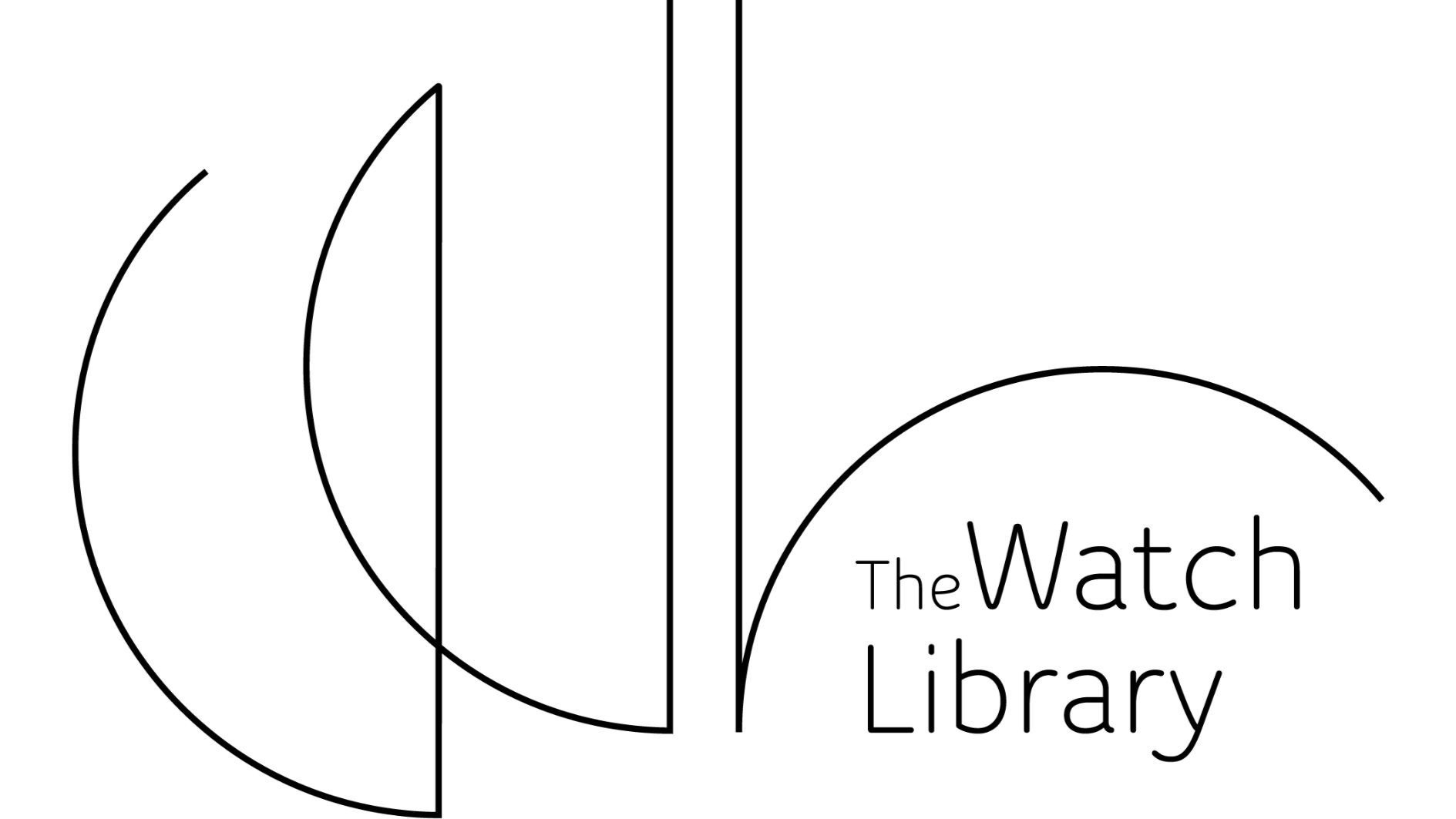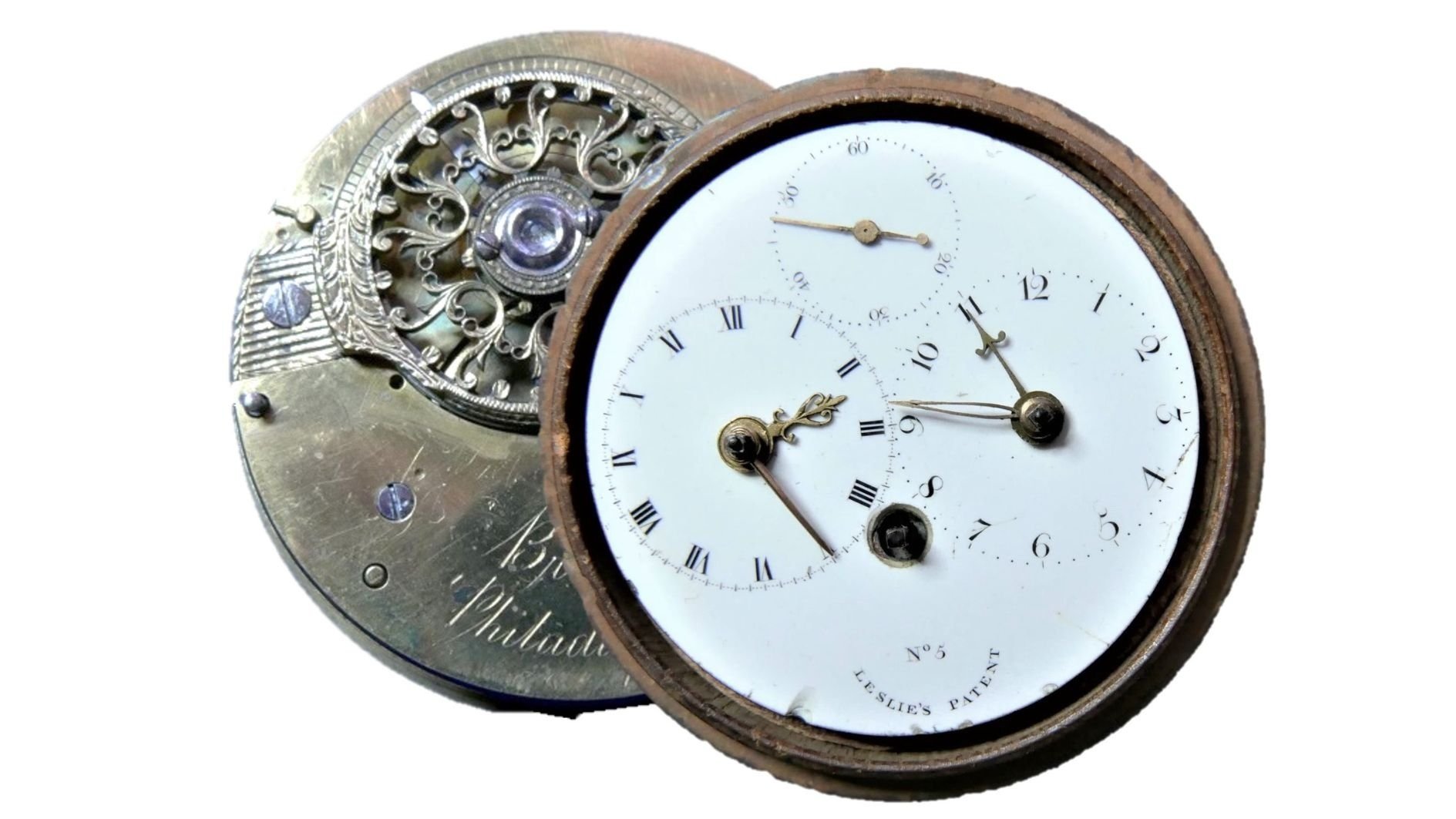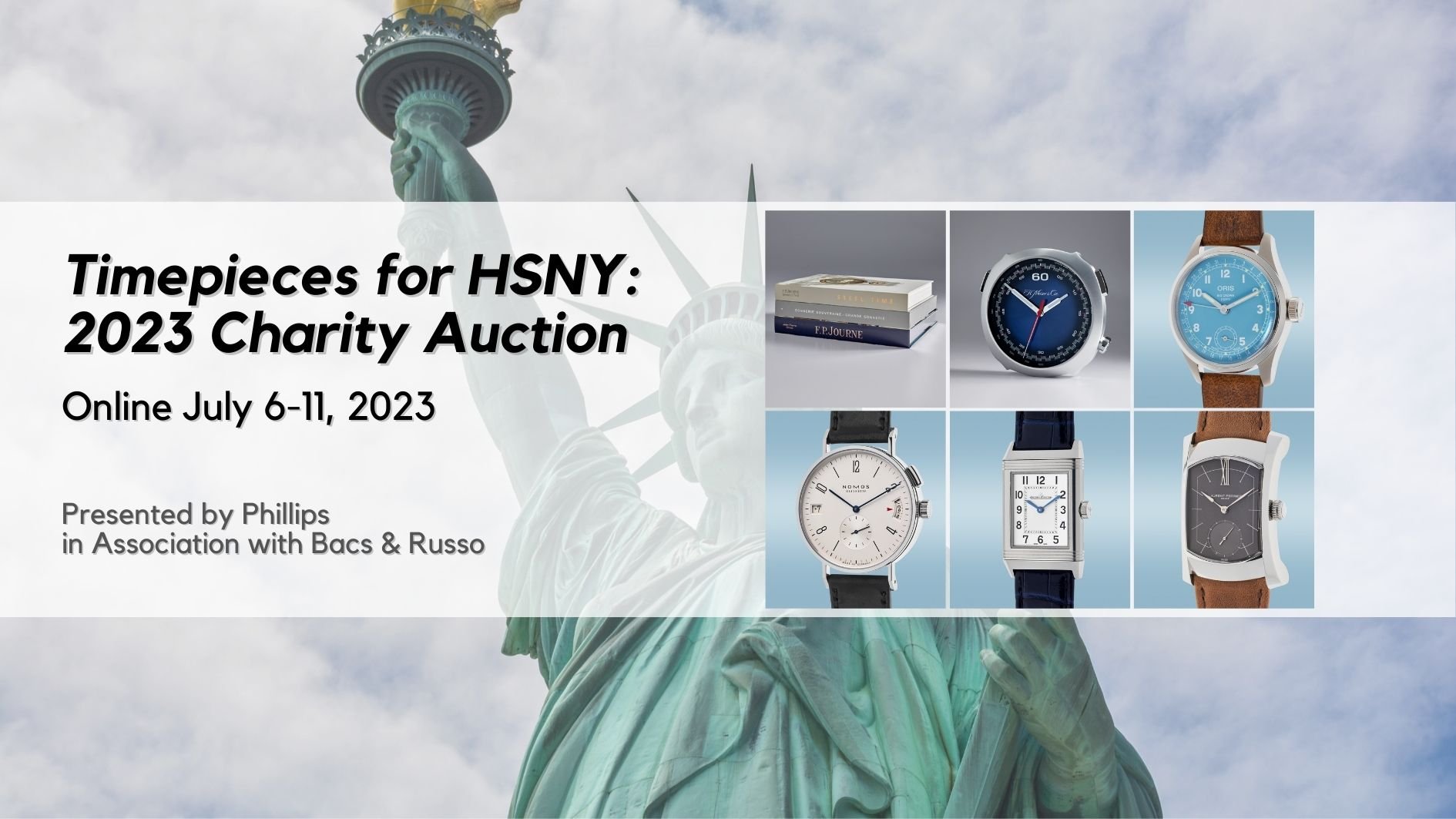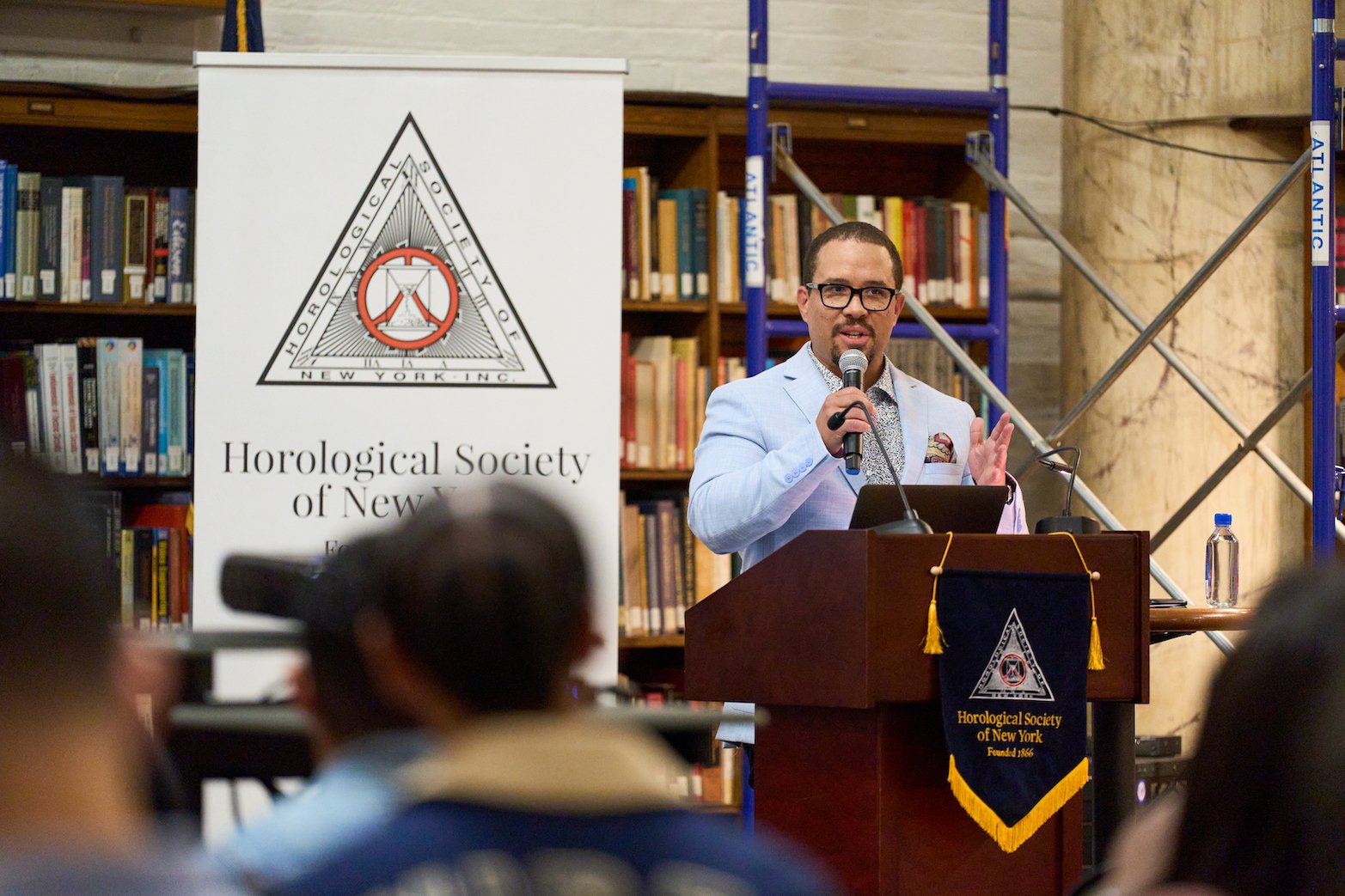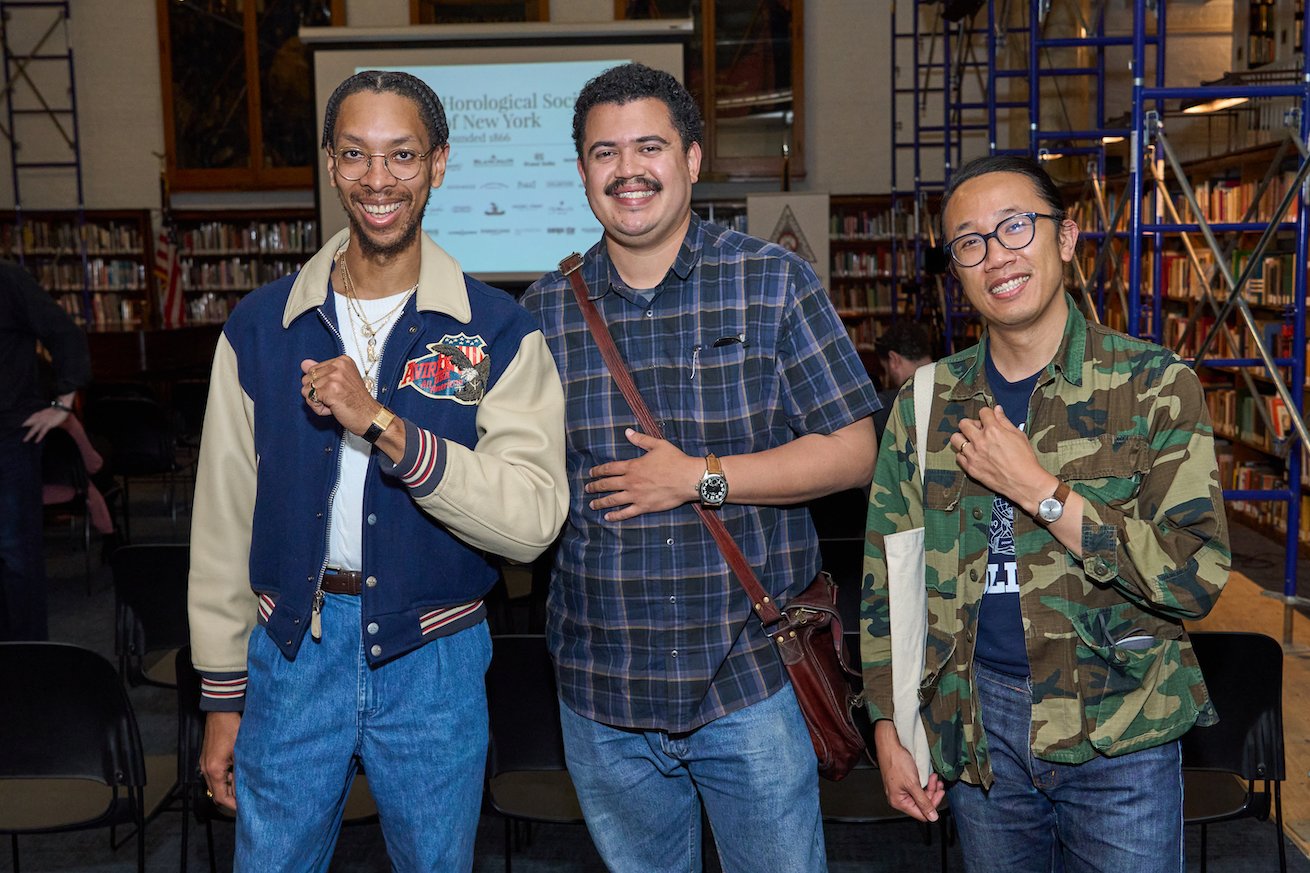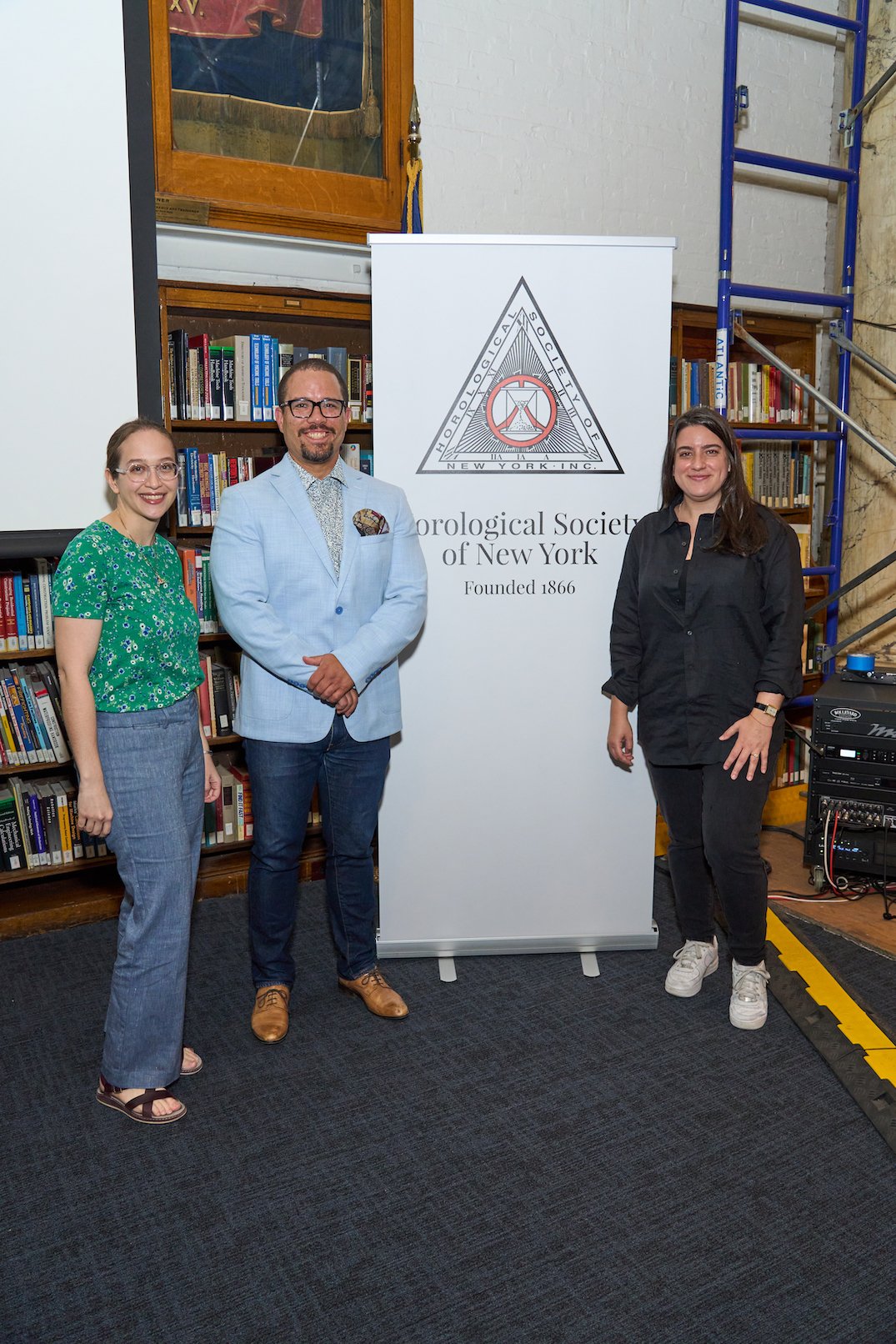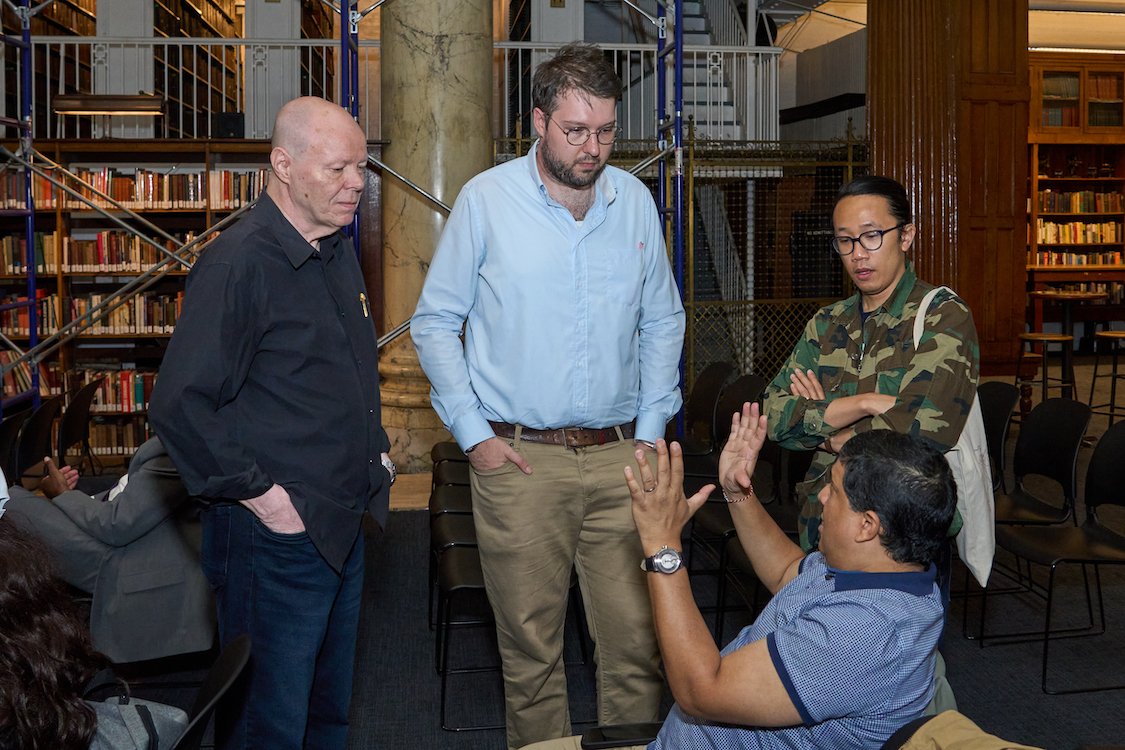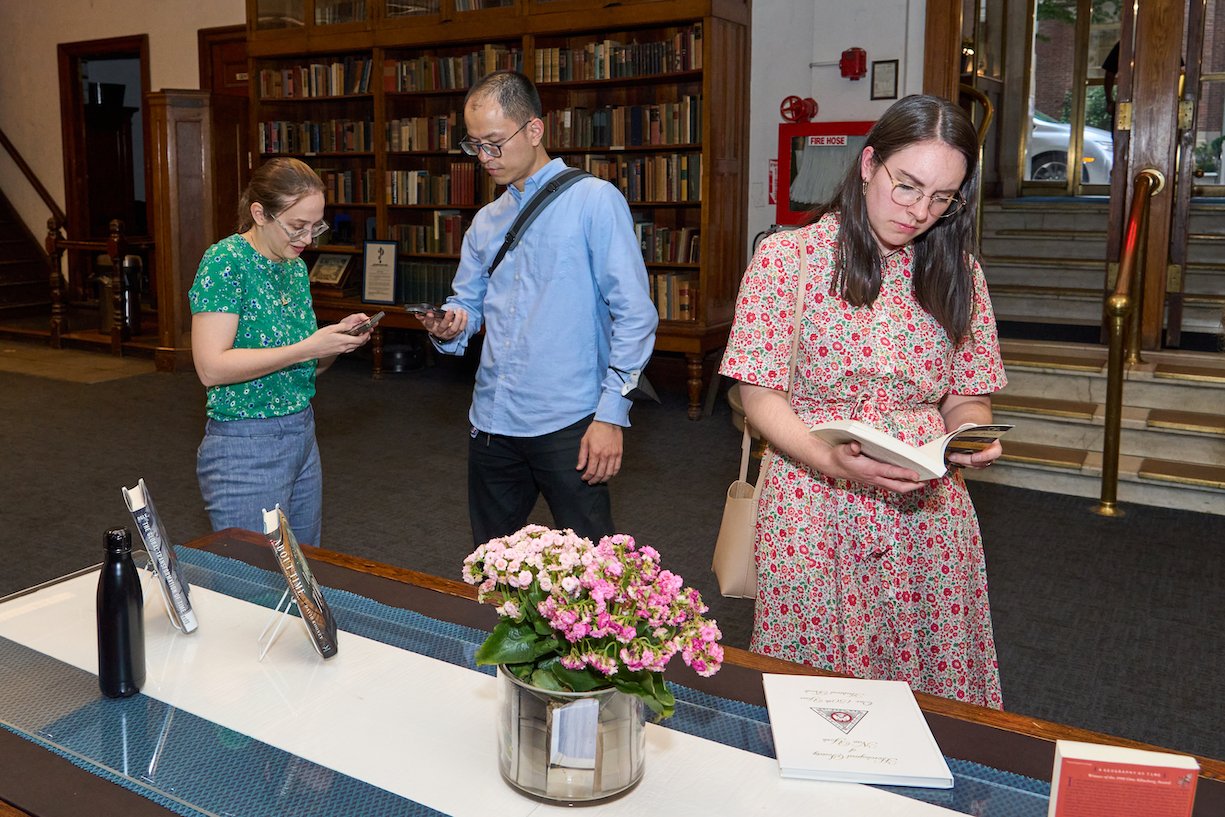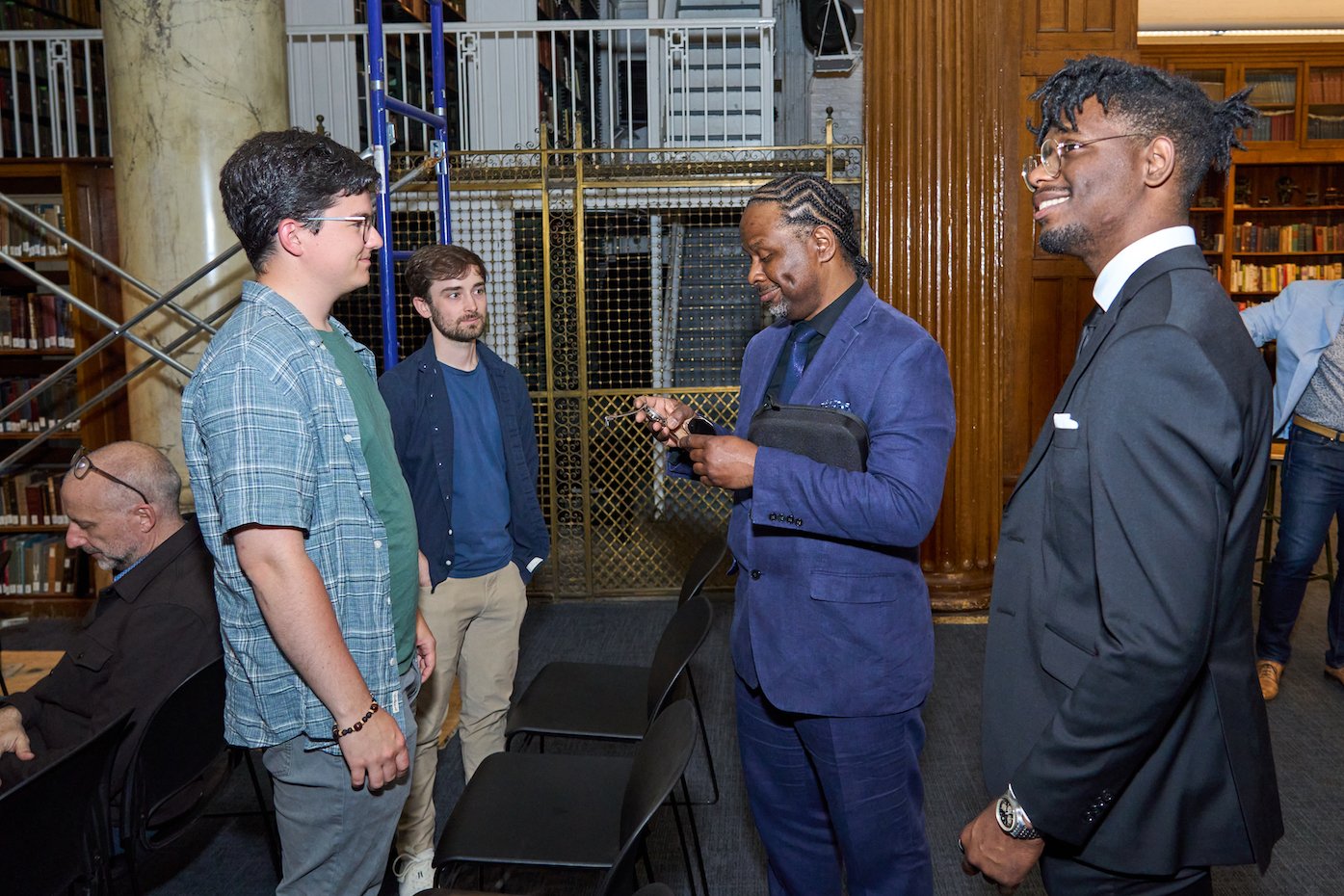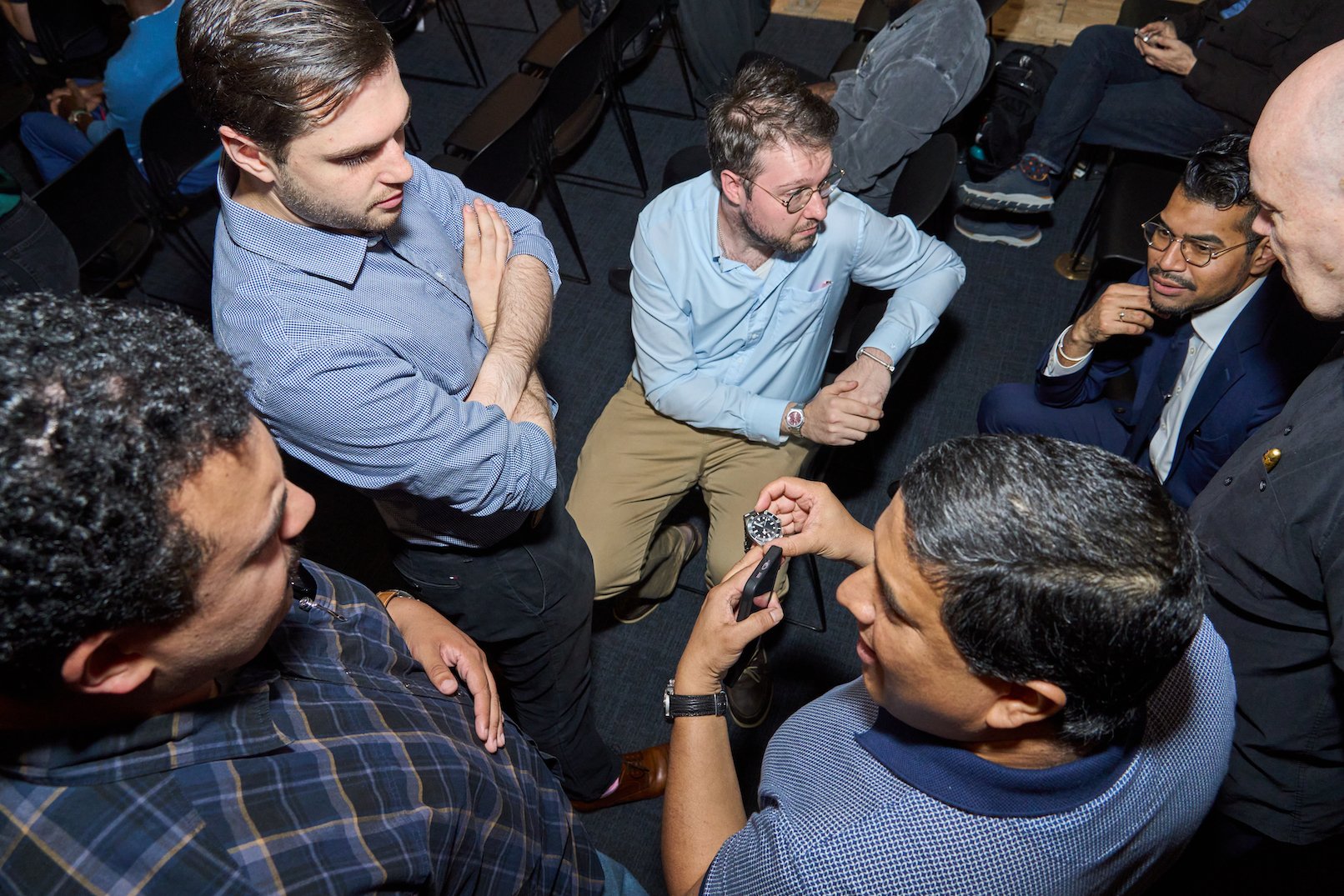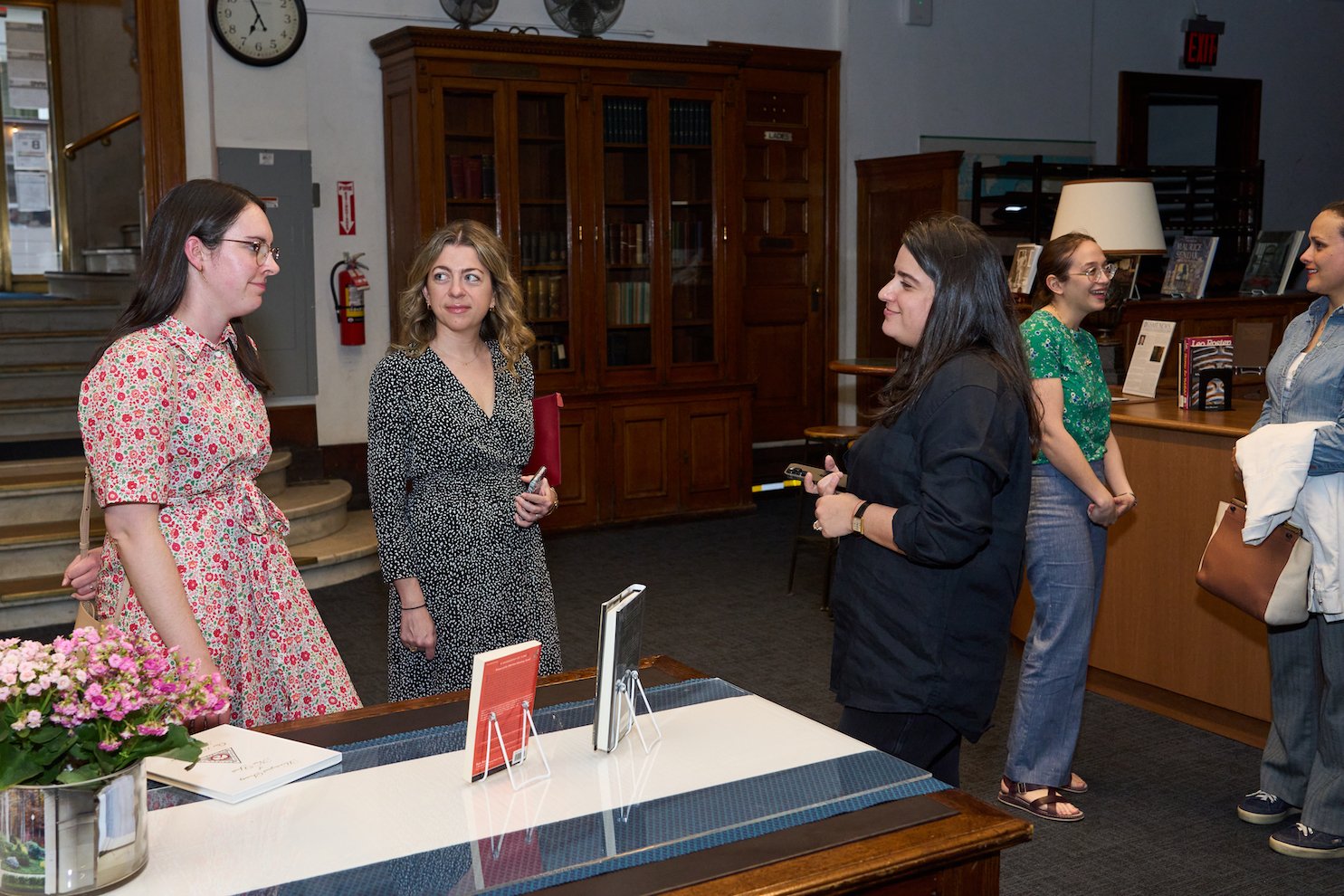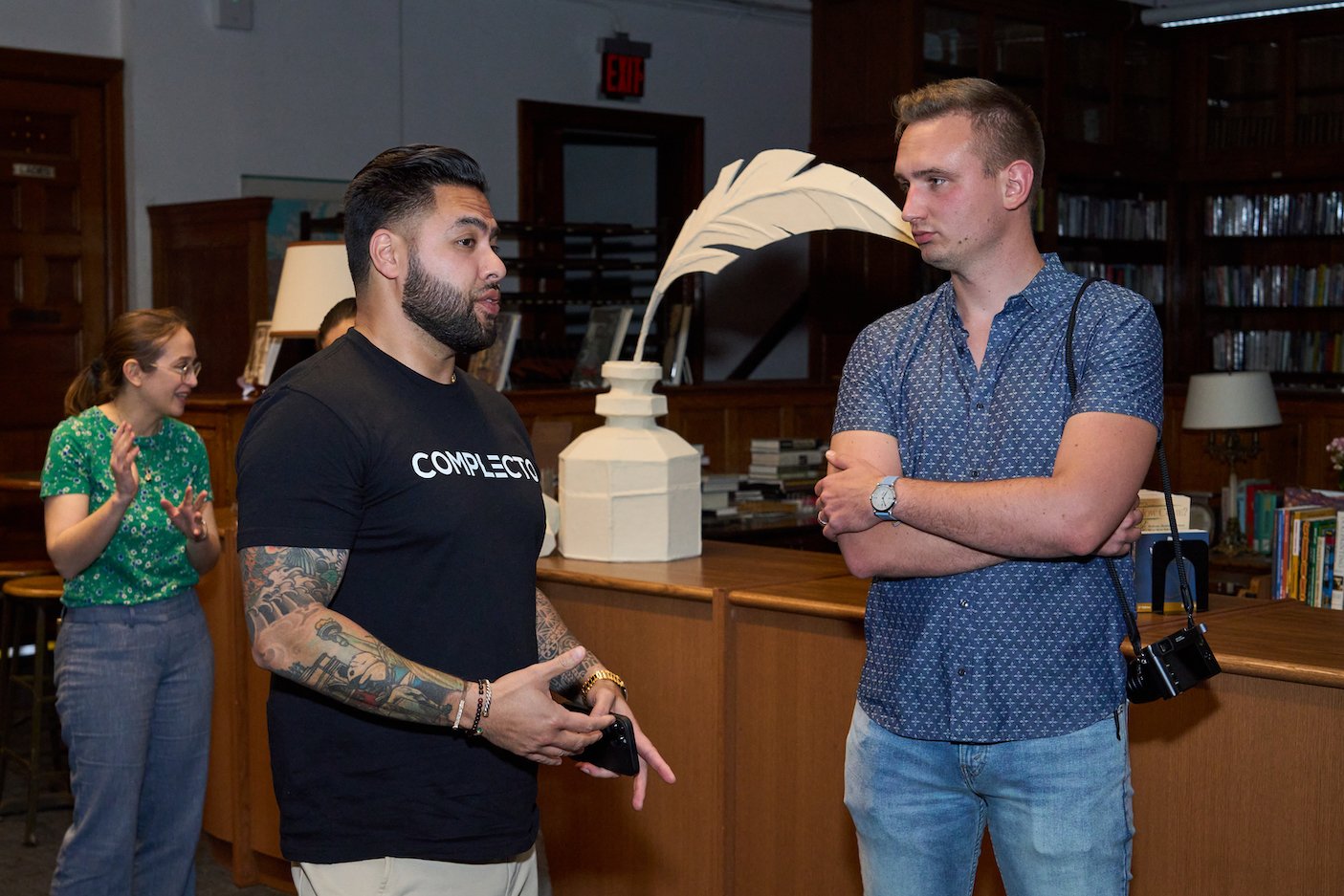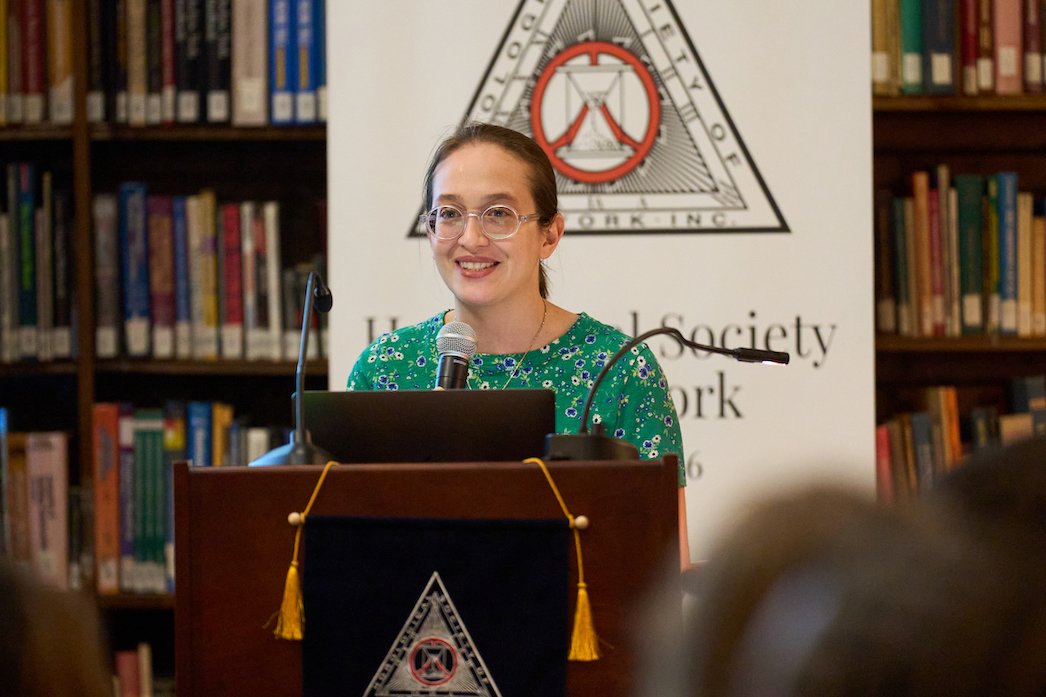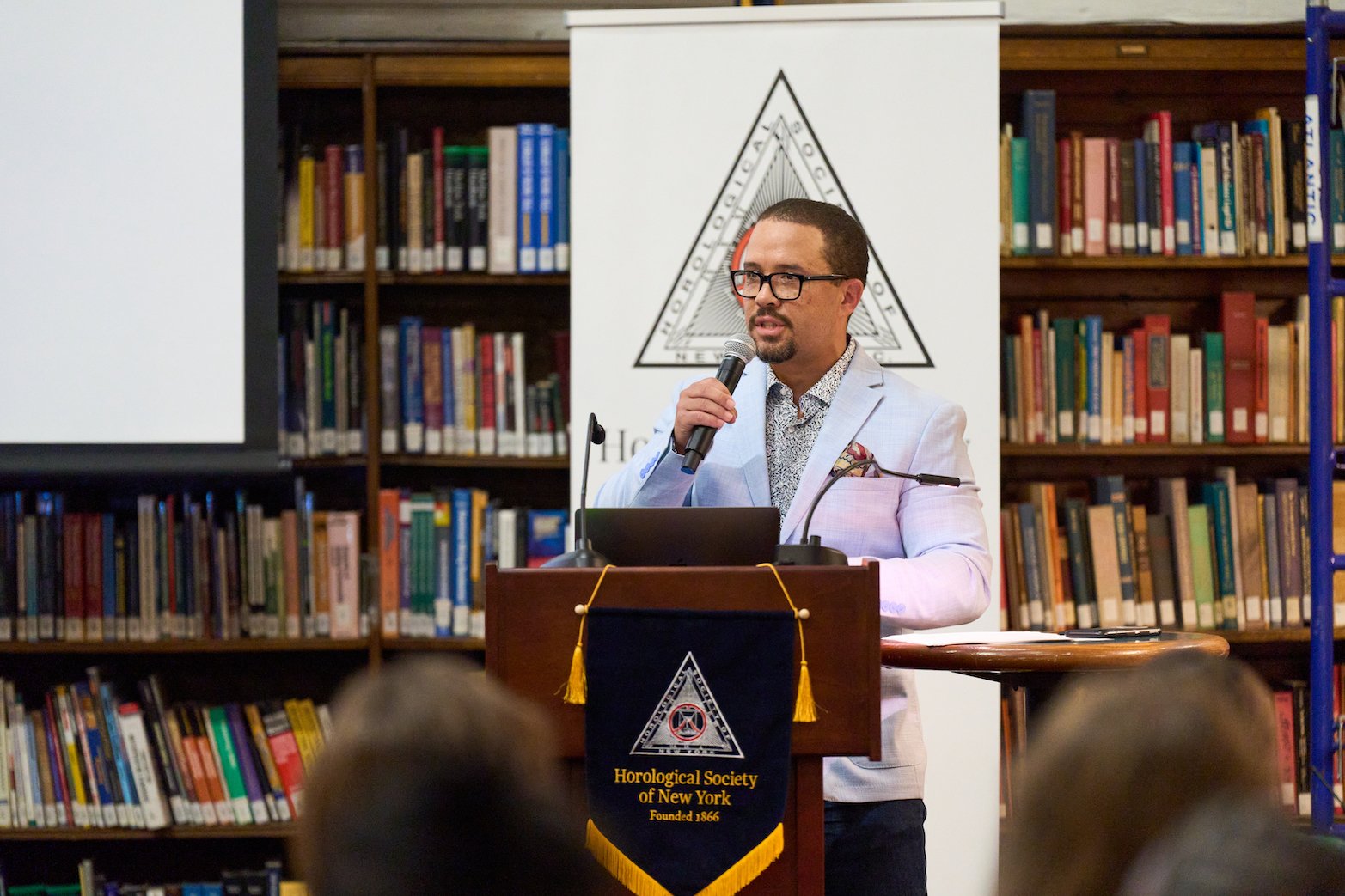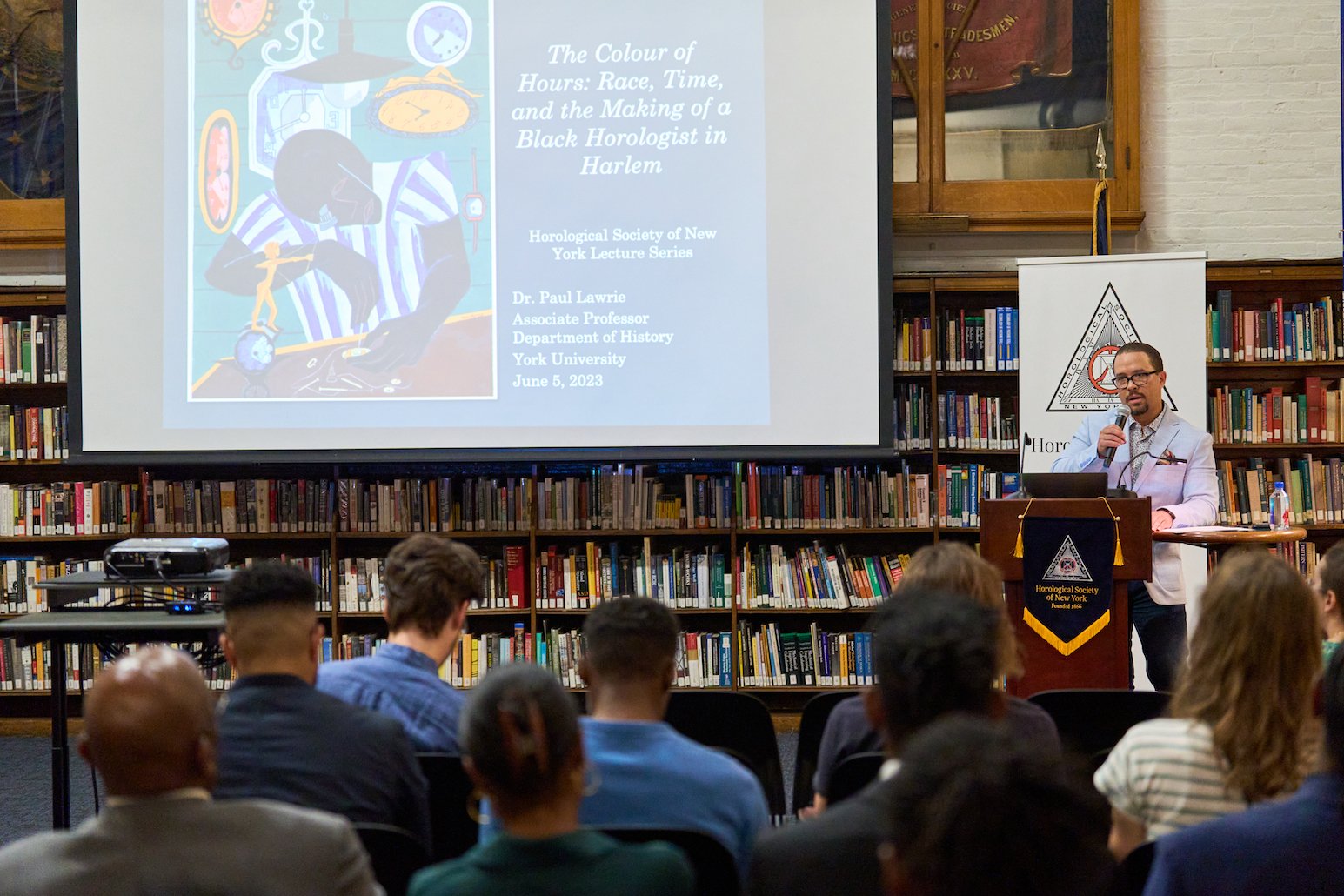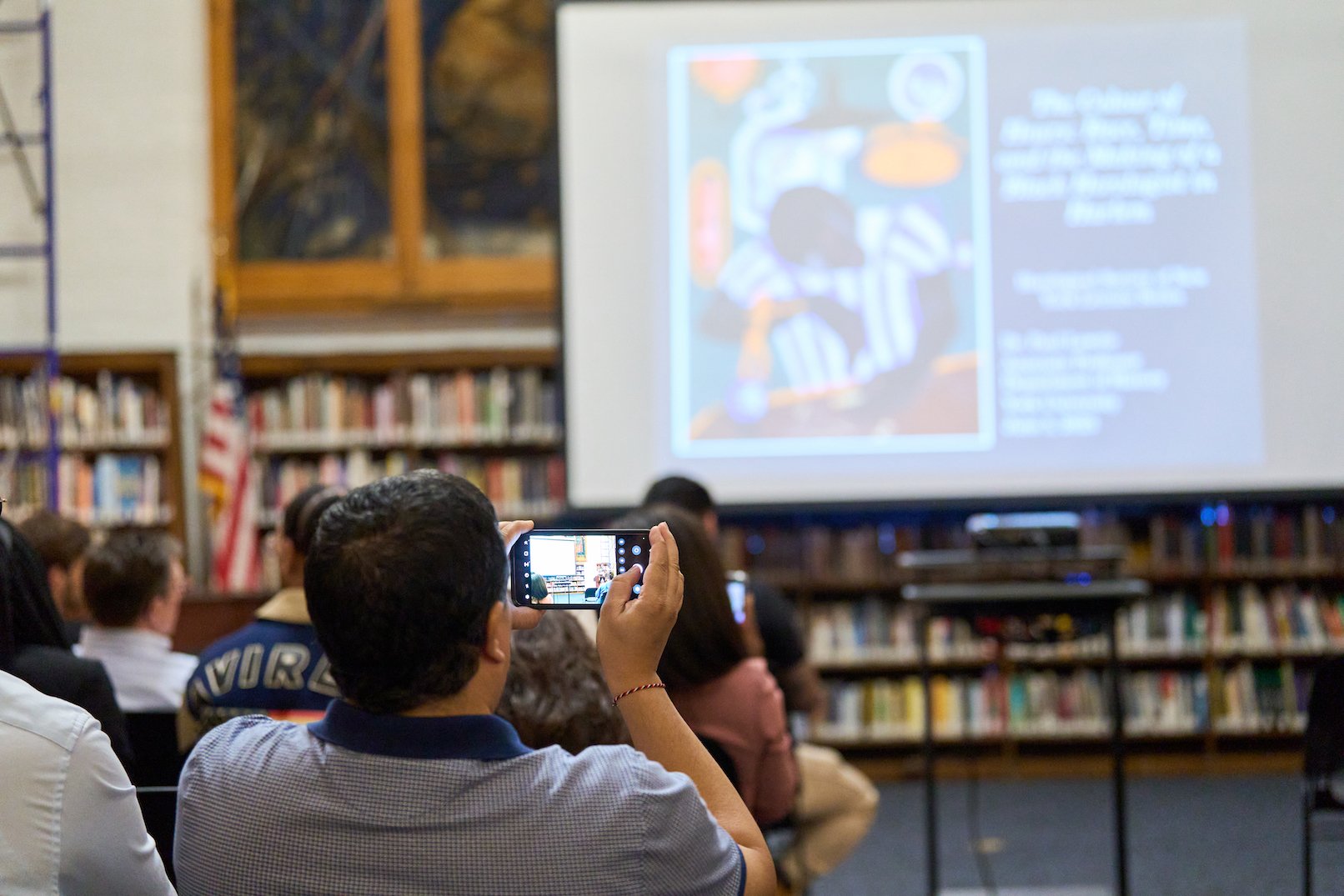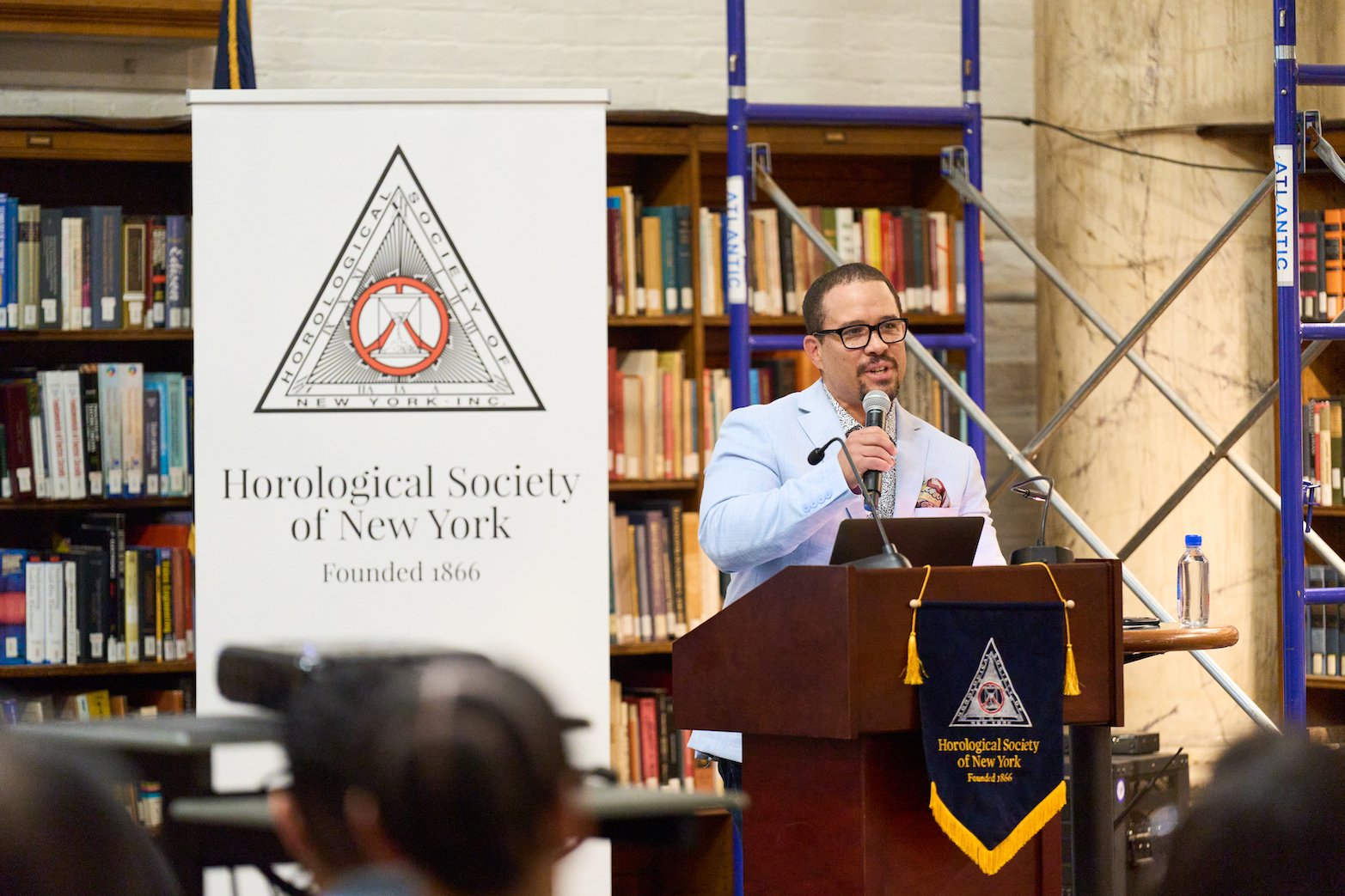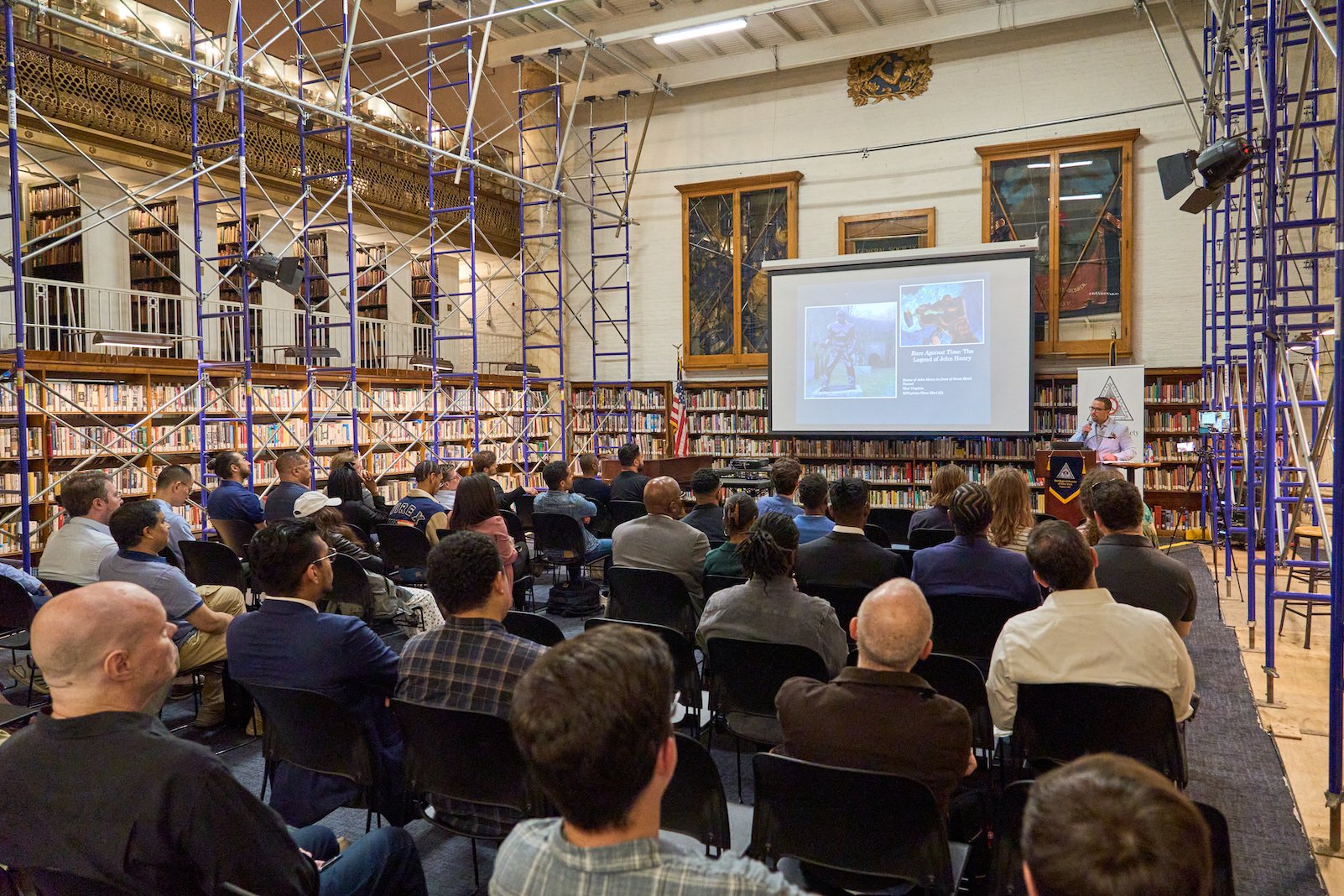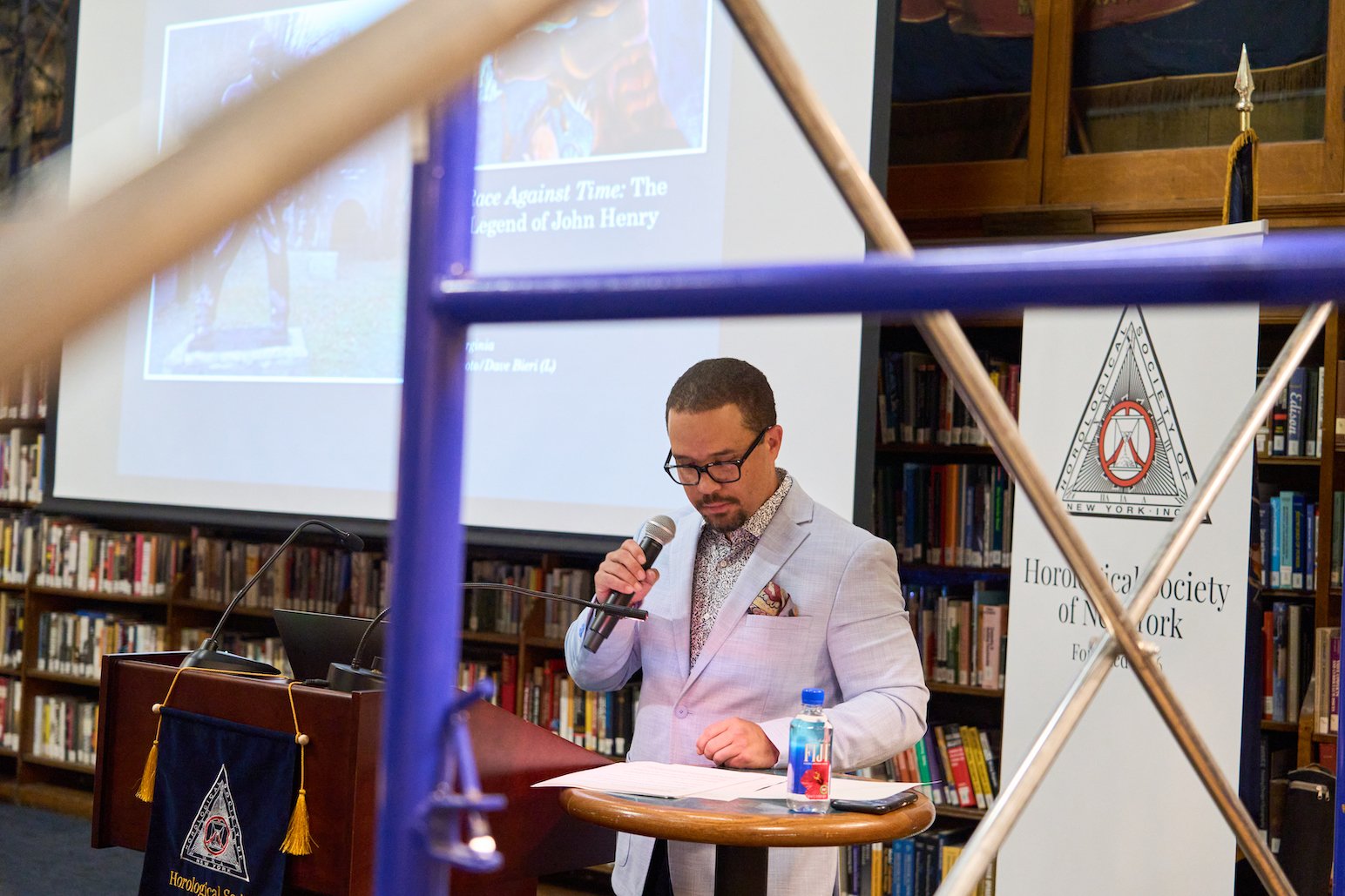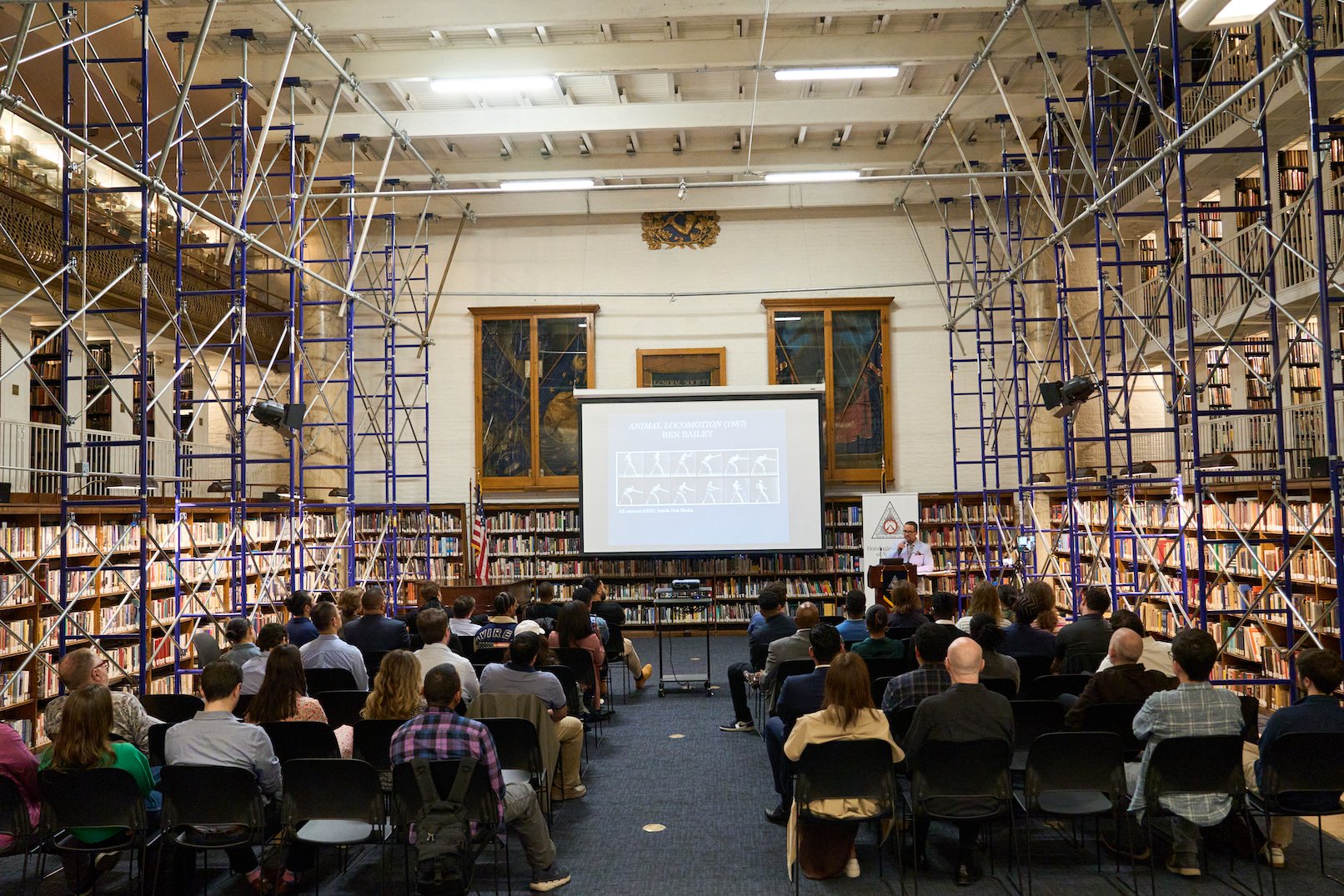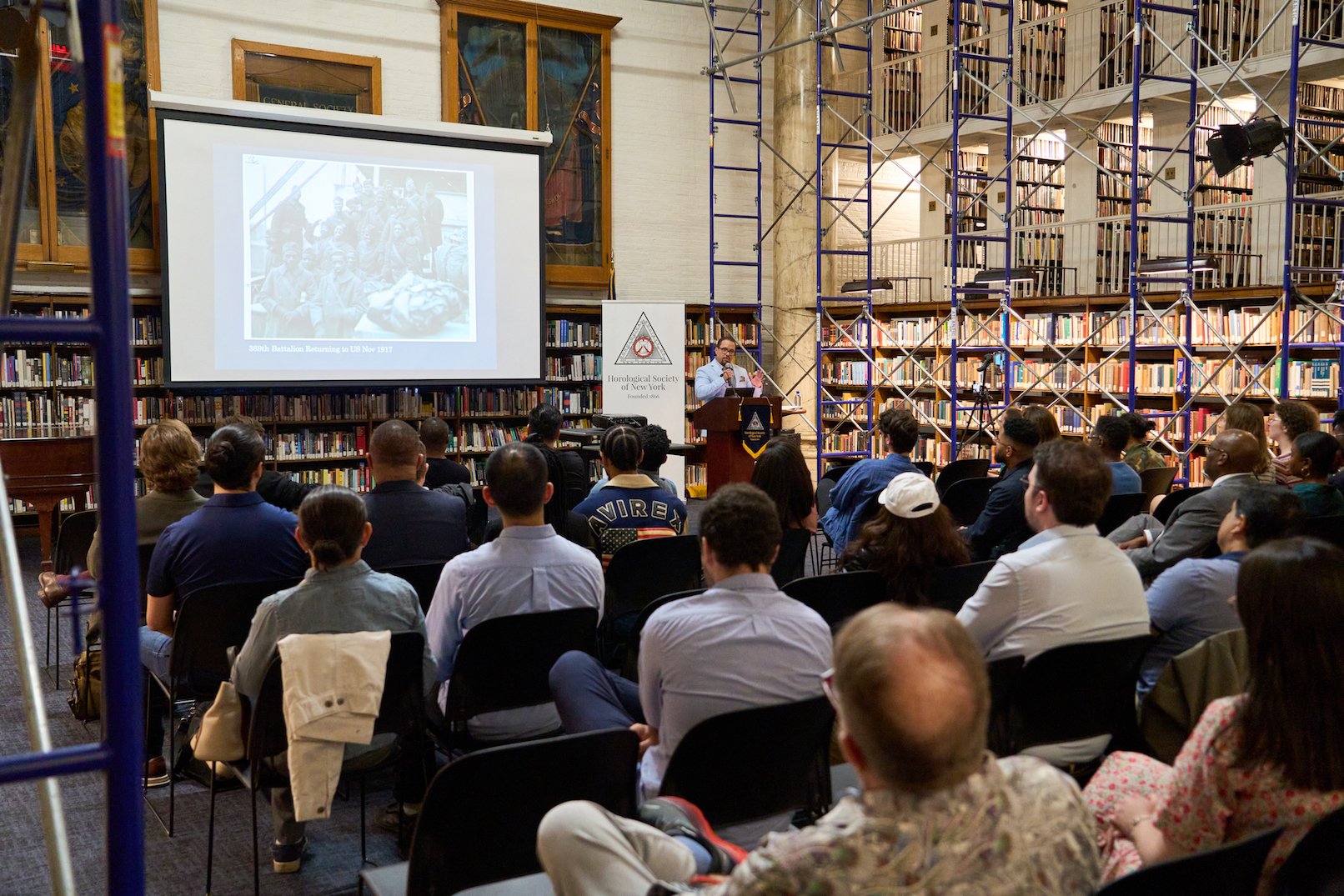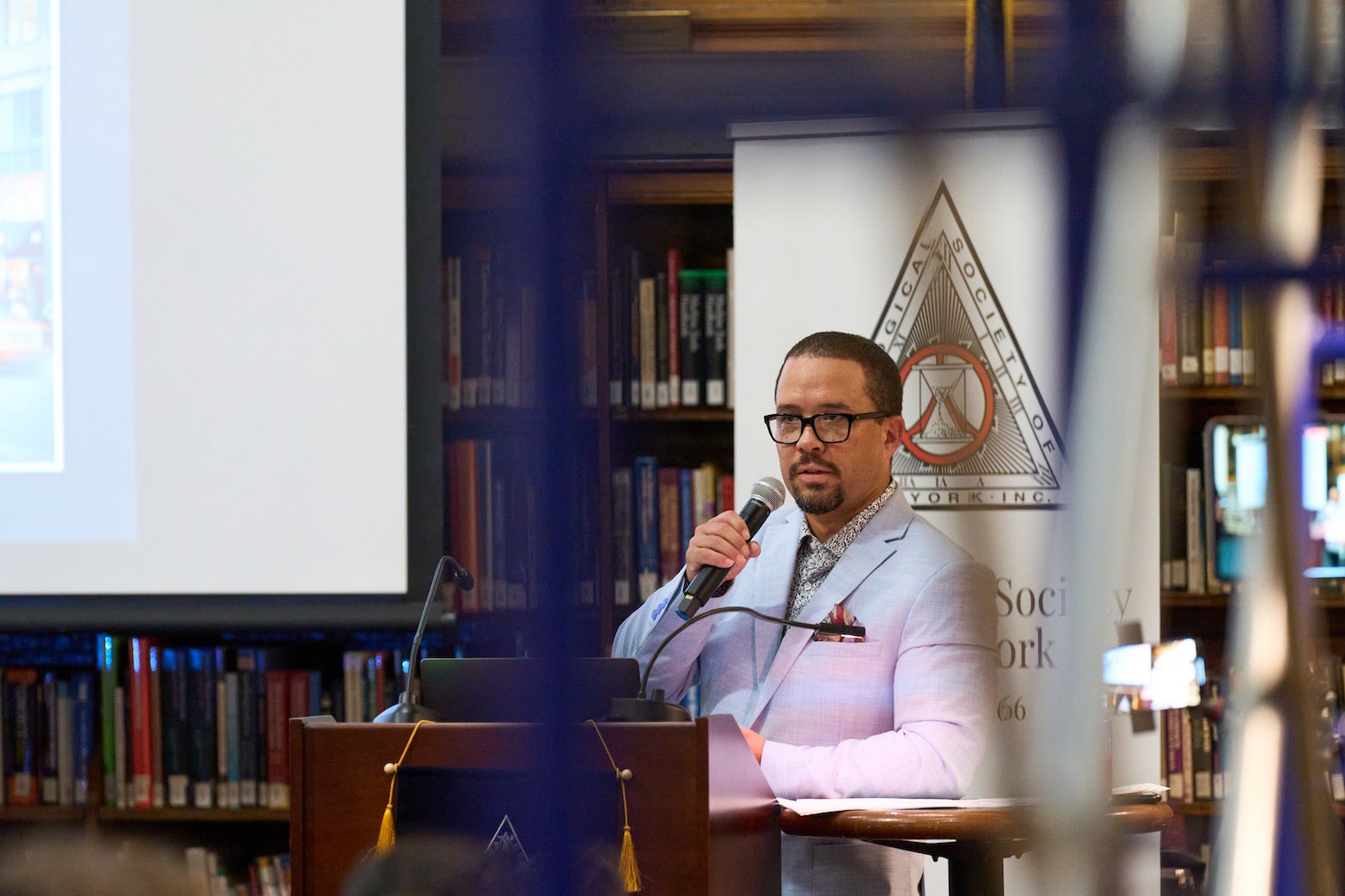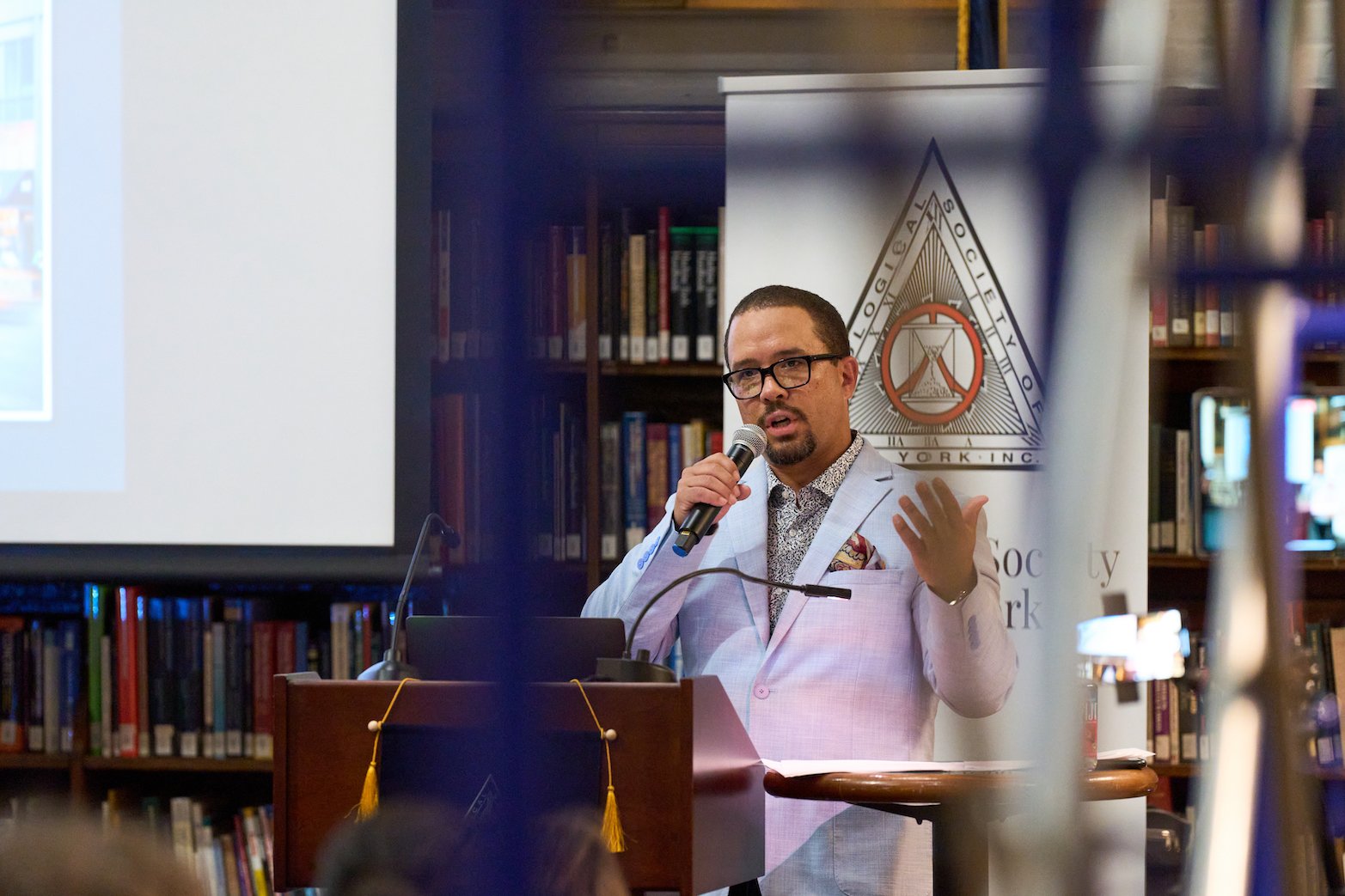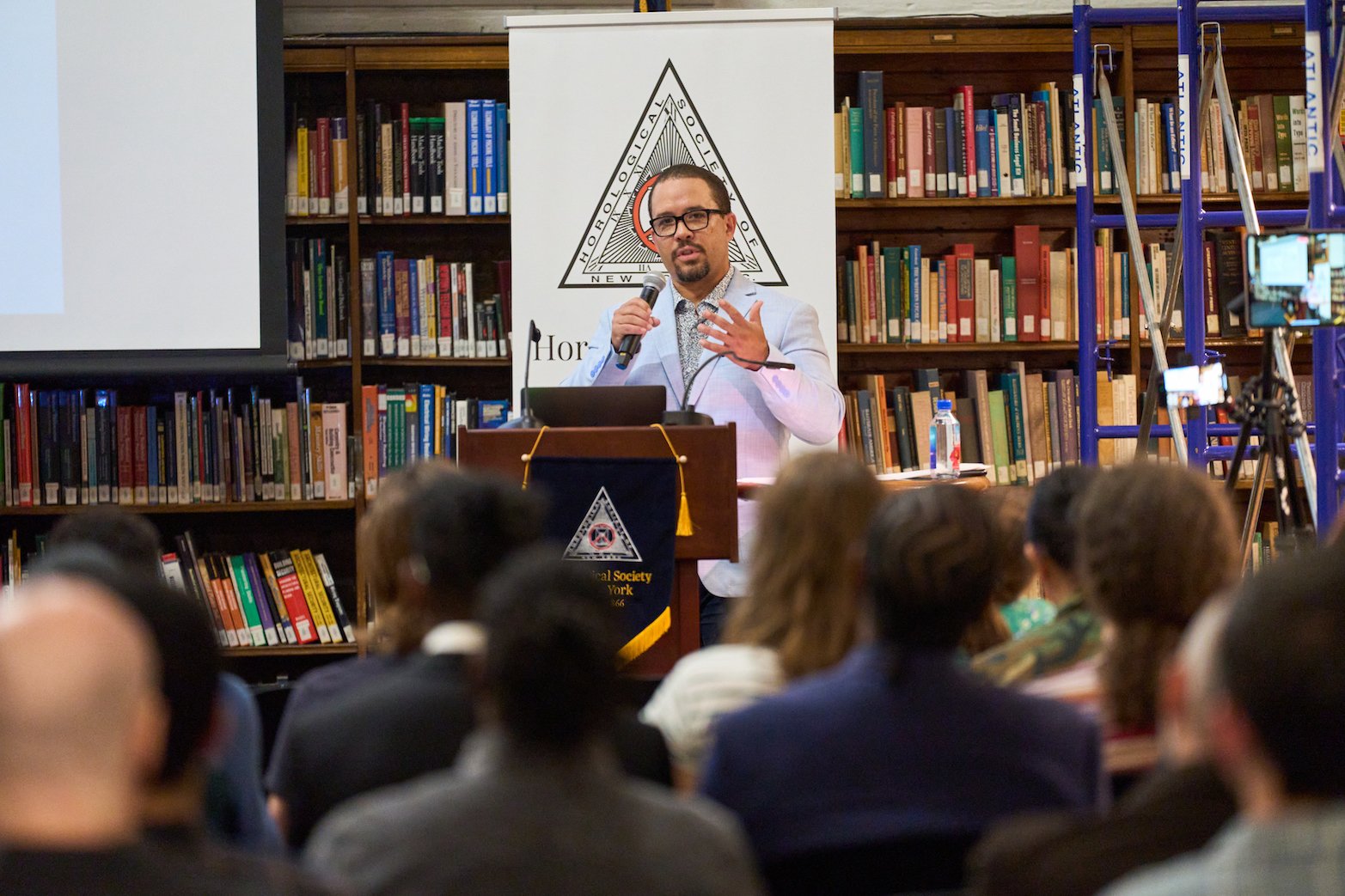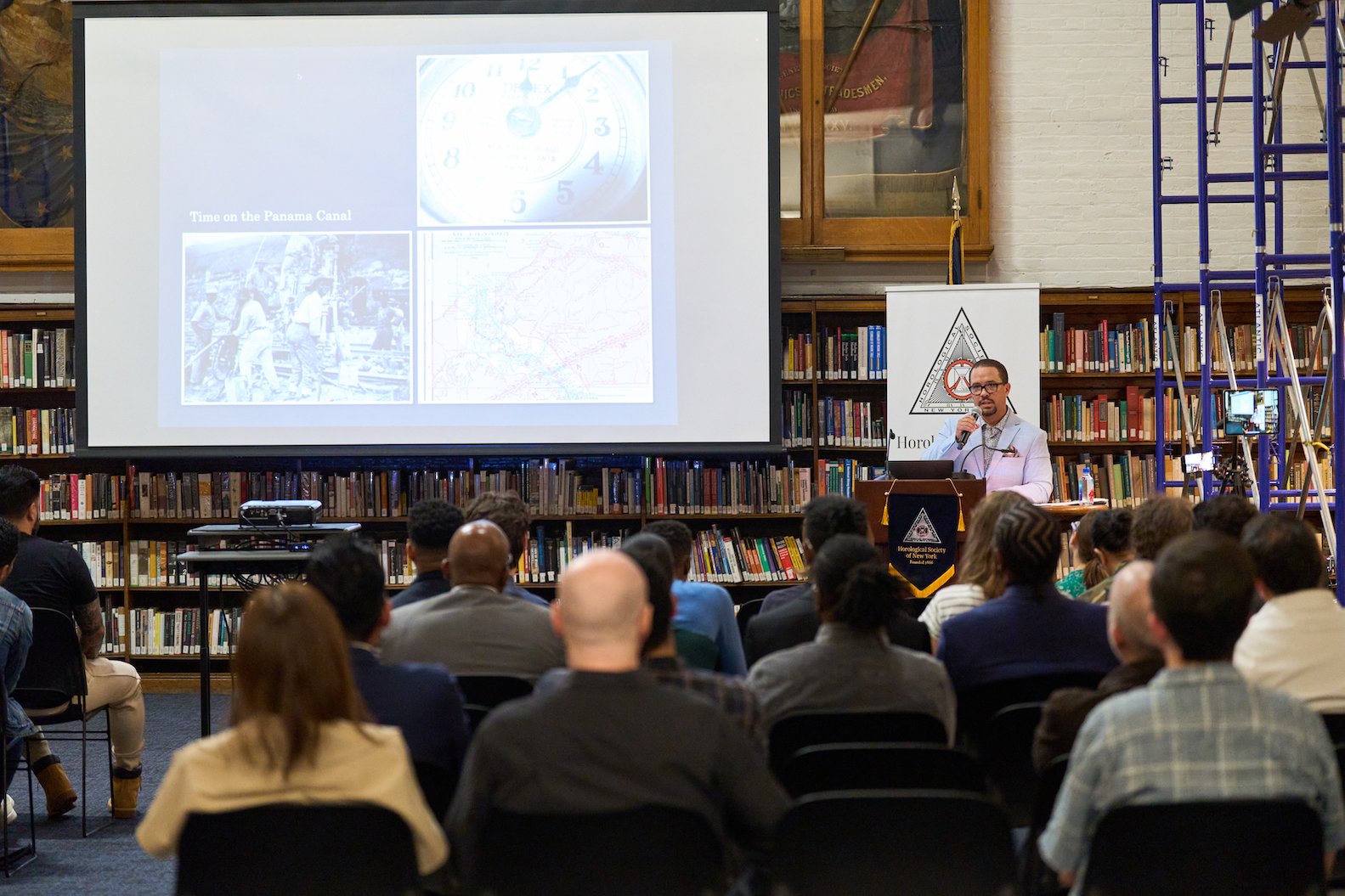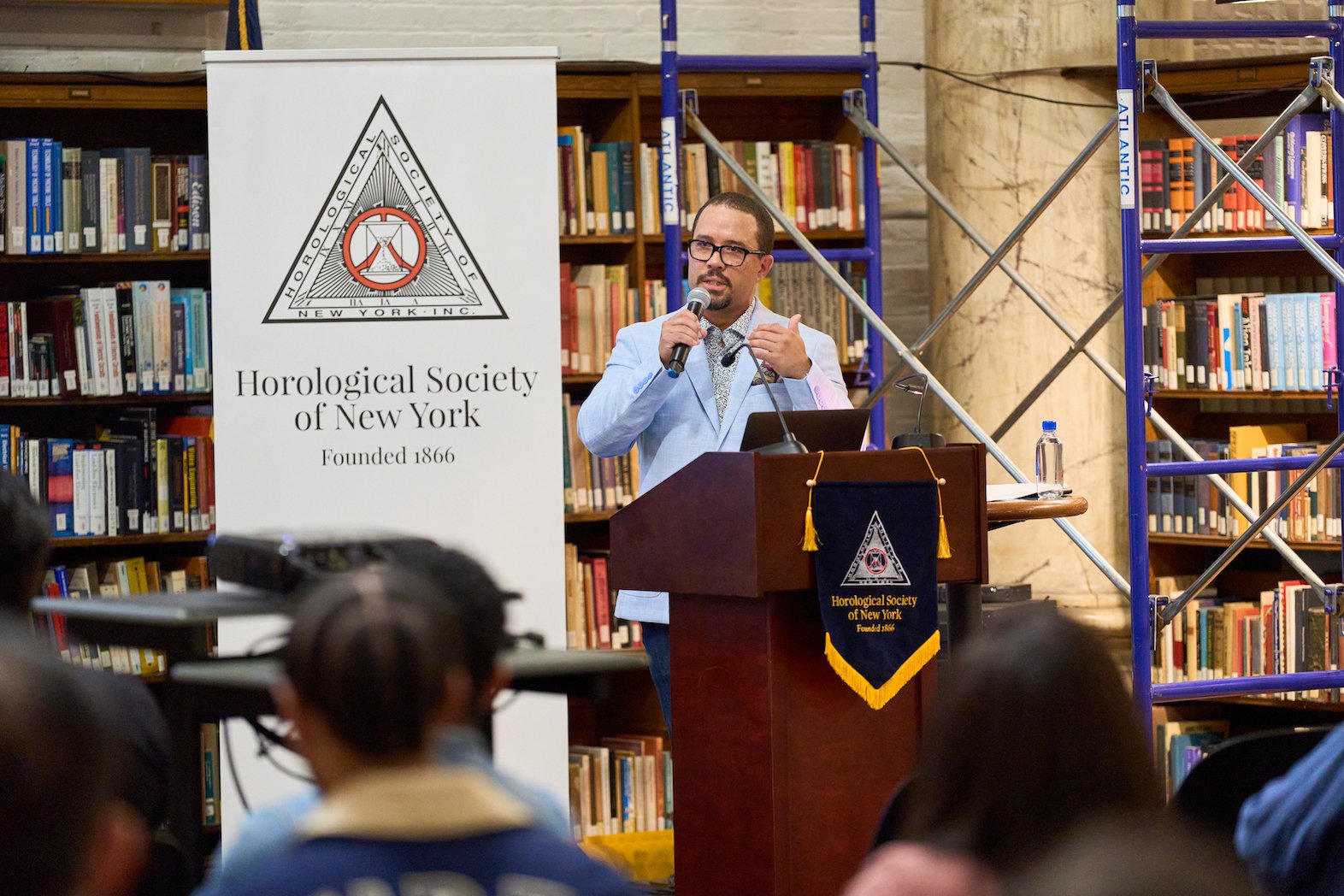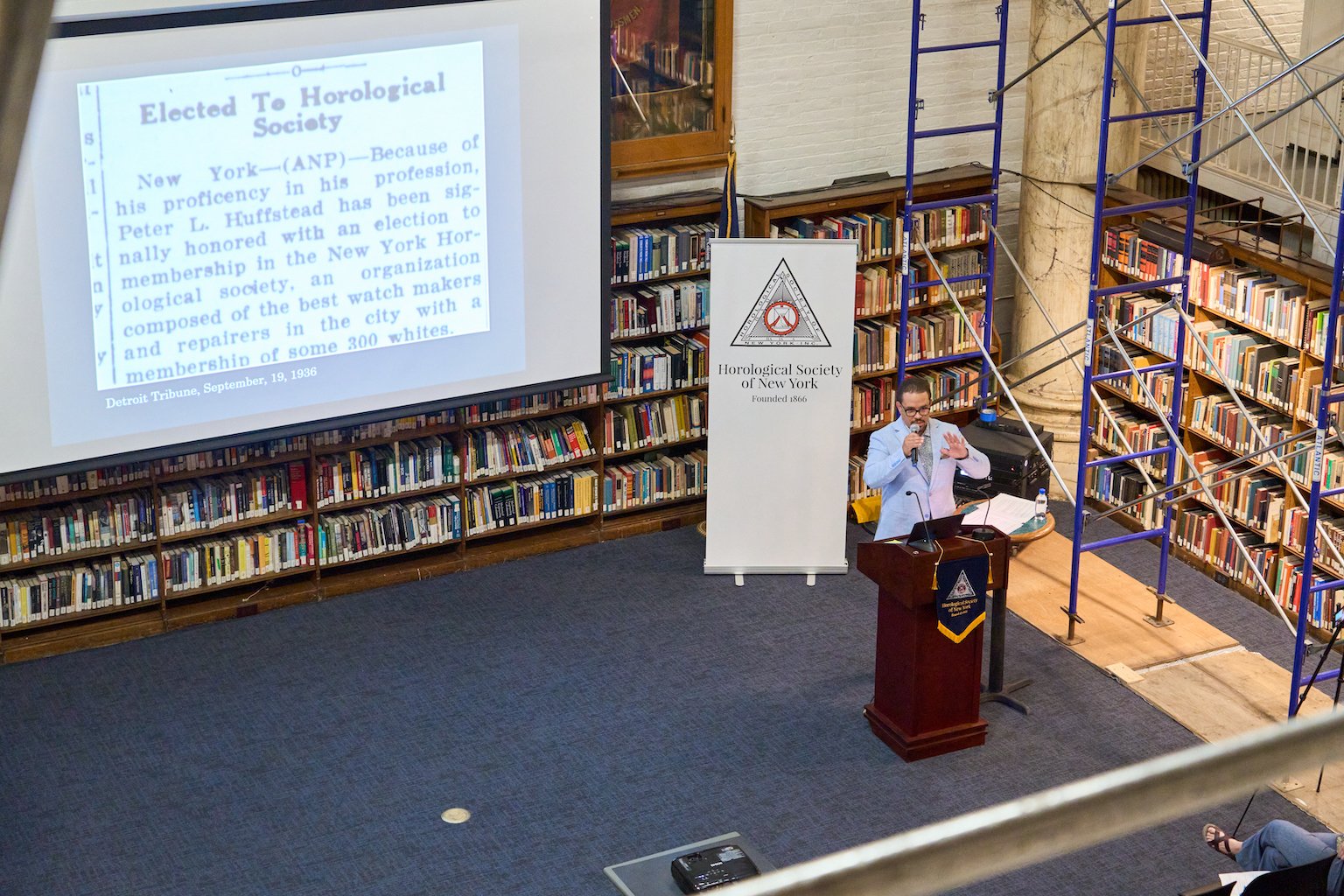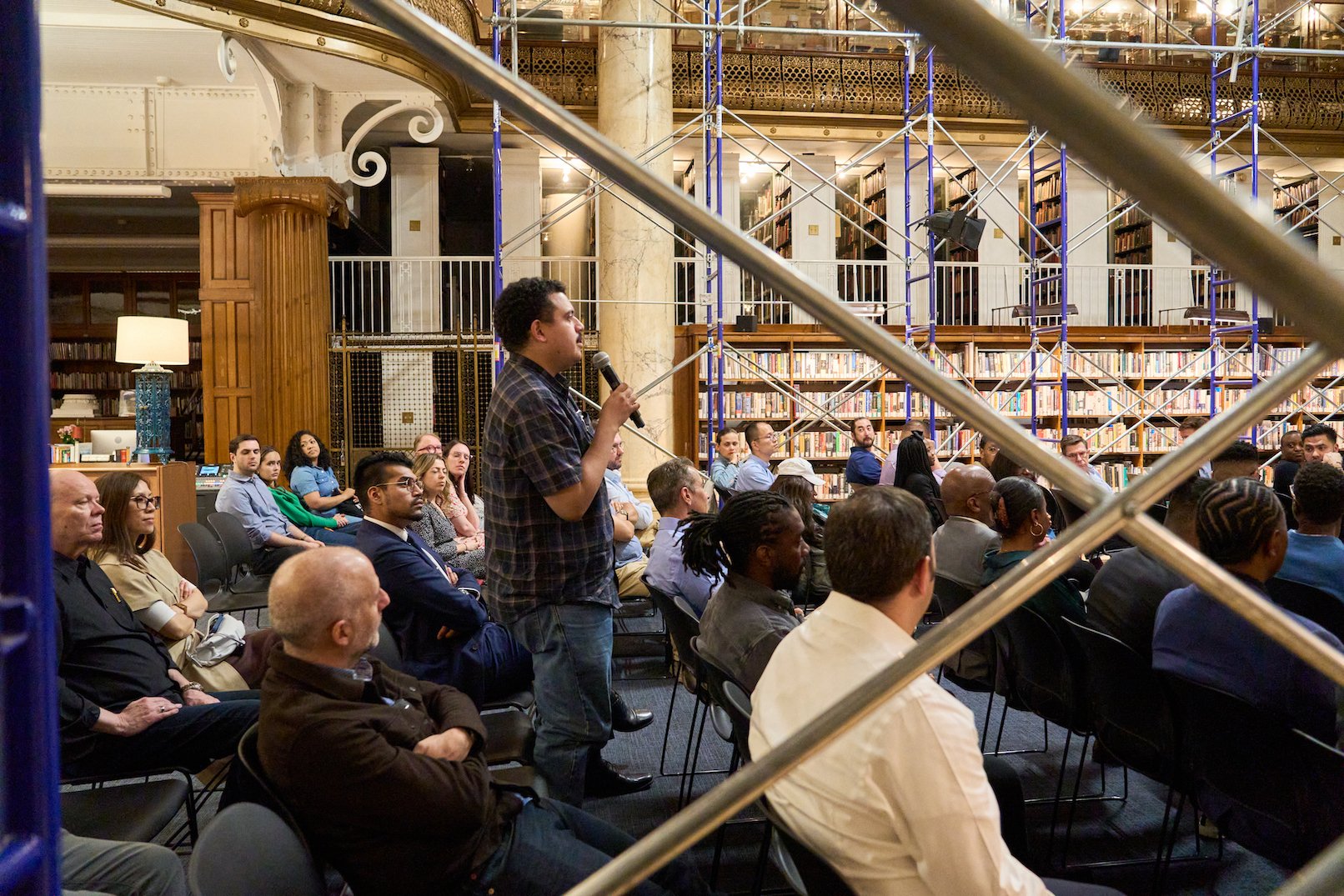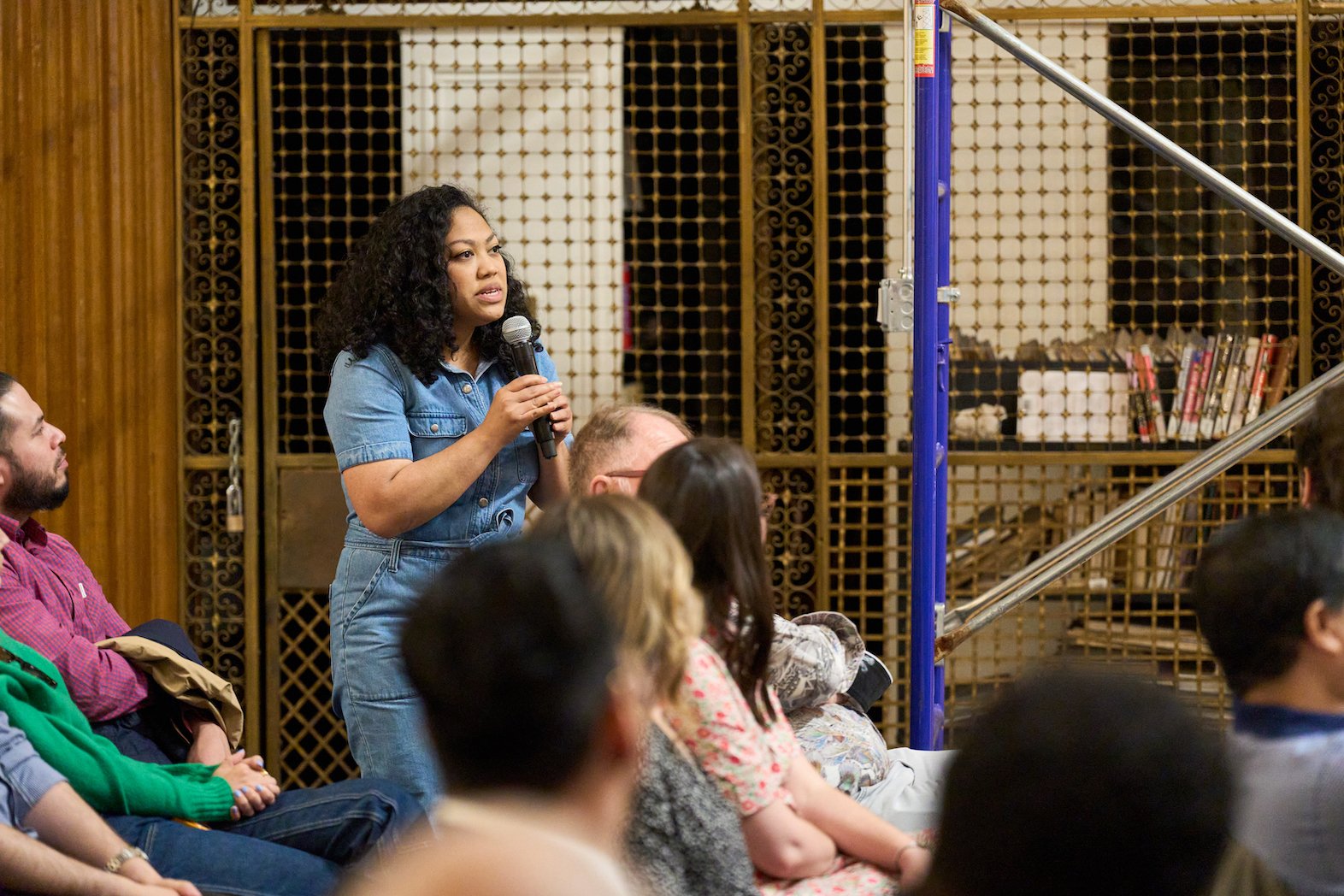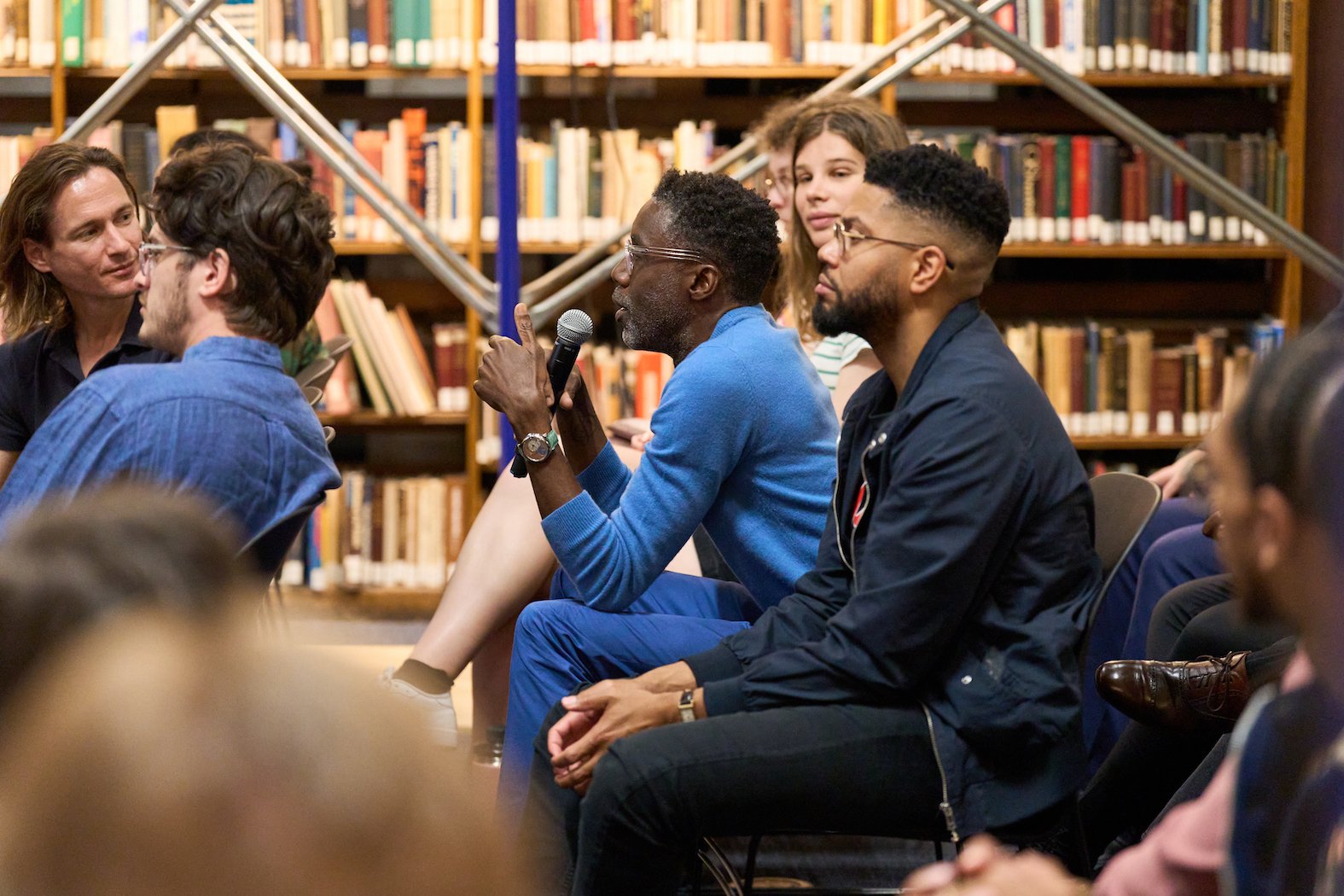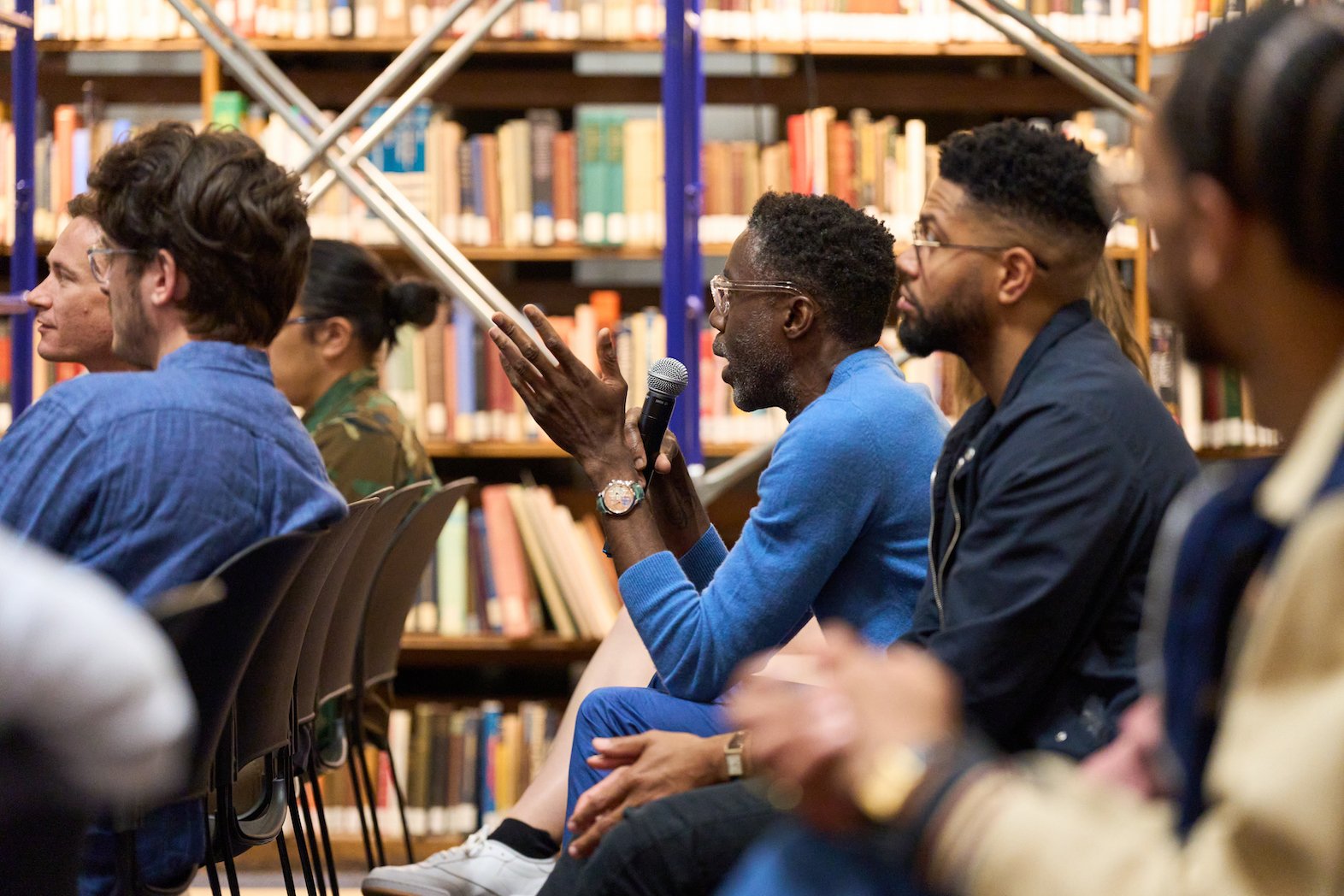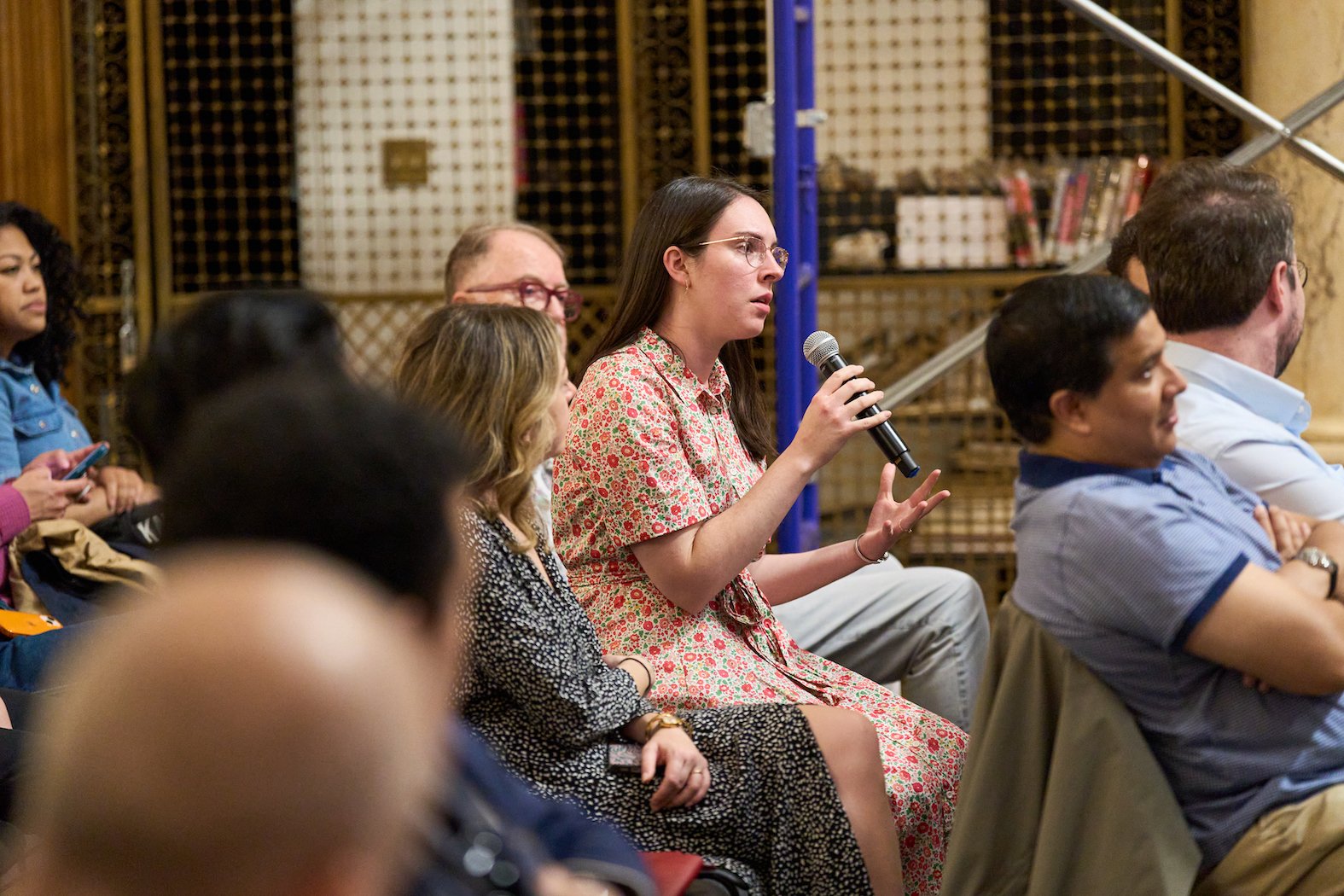An assortment of Bulova materials at HSNY’s Jost Bürgi Research Library.
I promised in my previous article about watchmaking schools to highlight the Joseph Bulova School of Watchmaking, an institution that plays an outsize role in the history of American watchmaking, and also in our archive at the Horological Society of New York. In honor of Veterans Day, I’ve decided to explore the school’s mission, impact on disability rights, and contribution to watchmaking.
Bulova, the company, wasn’t the first to consider watchmaking as a potential career opportunity for veterans. Some veterans thought that watchmaking or watch repair could be a good fit for a variety of reasons: because it made use of their existing skills, because initial training could be completed relatively quickly, because it was an in-demand job, and because it required limited mobility for those who had been injured during their service.
In 1921 the “Horological Journal,” a British watchmaking magazine published by the British Horological Institute (BHI), which we have in our collection, printed an article called “Training our Disabled in Watch and Clock Repairing.” The article reports on the efforts of the BHI to recruit and train veterans who had been injured in the First World War. The Institute “was quick to realise the advantages offered by the watch and clock repairing industry to disabled men who were left with the free use of their arms and hands.”
Like other professional organizations, the BHI saw that training could benefit both veterans (who largely preferred to support themselves through paid work rather than relying on pensions) and employers (who were short of trained watchmakers after the war killed many young men). The article counts over 1,000 men in training in the United Kingdom by 1921.
Image 1
In 1945, in the immediate aftermath of another devastating war, the Bulova Watch Company Foundation increased accessibility for watchmaking students in the United States through the Joseph Bulova School of Watchmaking, which trained disabled veterans for a new career. Arde Bulova, son of company founder Joseph, established the school in 1945 with seven students enrolled. His mission was “to serve those who served us” with a tuition-free education. (Image 1 shows a drawing of the school above this motto.) At the time, business was booming for Bulova. An American company founded in 1875, Bulova made use of celebrities and the new technologies of television and radio to advertise its watches, especially the Accutron tuning fork watch.
Education and recruitment for veterans began even before they entered the Bulova School’s doors. According to a pamphlet from the 1950s, the Veterans Administration (VA) invited Bulova to establish training programs inside hospitals like Walter Reed, so veterans could start learning even before they were released.
Image 2
With company money, Bulova built a specially designed school in Woodside, Queens. In a 1950s promotional pamphlet in our collection (image 2), pictures of the school show how the building was designed to prioritize wheelchair accessibility: “There is an elevator with doors at opposite sides, so that a man need not turn his wheel chair around to get out. Entrance doors open by an electric eye. Ramps instead of thresholds at all rooms…Floors of cork to prevent skidding.” There was also a fully outfitted rehabilitation facility on campus with an on-staff physical therapist, and after 1965, a fully accessible heated swimming pool.
Interestingly, this pamphlet, which was produced in collaboration with the VA, calls the training program implemented at the school the “Bulova Plan,” a “pattern for American Industry.” It recommends the Bulova Plan to “any producer of light and durable goods,” not just to other watch companies. Its final page even includes contact information for a specific VA employee who can offer advice on how to train disabled veterans for different industrial jobs.
Not only does this brochure promote Bulova, it forcefully advocates for the employment of rehabilitated veterans in general, who “have the stuff to stick to difficult jobs.” Bulova deliberately worked to make hiring disabled veterans easy for employers, so that they would recognize it as a business opportunity, rather than a charitable obligation. Veterans are not to be pitied or sentimentalized, the pamphlet insists–they should be rightly appreciated for their skills and value in the workplace.
Bulova’s school had always been open to those who were not disabled veterans, but disabled veterans were given priority, and for the first few years they filled all the spots. In 1950 the school began to accept disabled civilians and eventually, non-disabled students.
Image 3
A 1951 press release in our collection describes a visit by U.S. Vice President Alben W. Barkley (who served under President Truman) on the occasion of the fifth anniversary of the graduation of Bulova’s first class of 20 veterans (image 3). In an accompanying image, students work at rows of tables in a huge room that could accommodate 125 learners (image 4). Some students can be seen using wheelchairs to navigate the space; each bench could be adapted to the student's specific physical needs. An undated video of the school also shows other accommodations, for instance, a student holding a movement with a prosthesis while working on it with his left hand.
Image 4
Another photo from the interior of the school (image 5) shows an inspirational mural depicting famous watchmaking moments throughout history, like the invention of the marine chronometer. The mural connects students with the longer, illustrious history of horology, helping them see themselves as part of a broader story.
Image 5
Students studied using the Joseph Bulova School of Watchmaking Training Manual, a text that became a standard and was reprinted in 13 editions through 2003. We have the manual in our library at HSNY, and it illustrates and explains the entire course, from Unit One, “staking balance staff,” to Unit 11, “finishing.” Of course, the training includes both schematics and photographs to help with common tasks like stem making, mainspring barrel assembly, friction jeweling, and escapement repair. Our copy even includes handwritten notes by an anonymous student (image 6).
Image 6
Many American retail jewelers publicly pledged to hire graduates of the Bulova School. In fact, more jobs were promised (1,400, according to one publication) than graduates were available. This meant graduates could be reliably guaranteed a position. In addition, they had the use of a “model store” inside the school to learn sales techniques and other commercial skills before embarking on their careers.
In addition to its primary focus, the Bulova School was also a sports powerhouse. By 1950 the school had already assembled a wheelchair basketball team called the “Bulova Watchmakers” who competed around the country (image 7). Students at the school had access to other sports including archery, table tennis, pool, and volleyball.
Image 7
In our library, we have photographs of Bulova alumni reunions and basketball games into the 1960s. Bulova co-sponsored the National Wheelchair Games along with the Paralyzed Veterans of America starting in 1957. Images 8 and 9 show the annual awards dinner of the Wheelchair Games in 1959 and 1961. Signs at the tables show some of the creative names for the teams: the Brooklyn Whirlaways, Pan-Am Jets, and Cleveland Comets.
Image 8
Image 9
Facing declining enrollment at the end of the century, like other watchmaking schools, the Bulova School closed in the 1990s. However, the mission didn’t end there: Bulova’s initiative continues today as the Veterans Watchmaker Initiative (VWI), which offers free horological education to disabled veterans at its center in Delaware. (A video produced by Bulova, a founding sponsor of the VWI, shows some of the work that VWI is doing.) HSNY has awarded over $30,000 to the VWI over the last four years through our Howard Robbins Award, and has also awarded several individual scholarships to VWI students. All of HSNY’s classes are offered at no cost to veterans.
As for the Bulova School building, it still stands in Queens. Disability rights activists used the building for meetings when they were working to remove physical barriers to public access in New York City–because it was one of the city’s most accessible existing locations prior to the passage of the Americans with Disabilities Act of 1990. It is currently owned by the Church of Latter Day Saints.
Image 10
While I’ve concentrated on the Bulova School in this article, HSNY’s library holds a rich history of the company as a whole, including books (especially about the Accutron), service manuals, parts catalogs, and even issues of the “Watch Repair Digest,” a quarterly periodical published by the Bulova material sales division that offered advice and entertainment for the watchmaker. Digitized issues of HSNY’s newsletter, “The Horologist’s Loupe,” chronicle HSNY visits to Bulova’s factory in Queens and to the Bulova School in the 1950s and 1960s. In 1969, members enjoyed a tour of the campus as well as “a movie…featuring the Wheelchair basket ball team [sic].” A large portrait of Joseph Bulova even presides over our classroom space, offering kind encouragement to our students (image 10).
It would be fair to say that Bulova, and the Bulova School, contributed to a New York watchmaking community that is more accessible, more inclusive, and stronger than it would have otherwise been.


